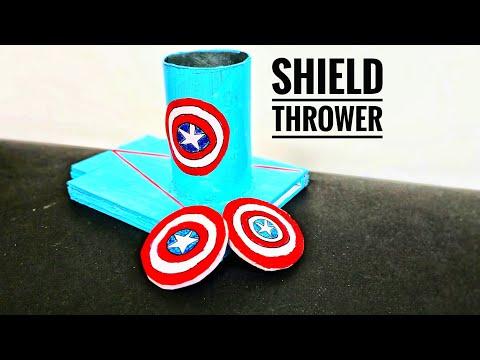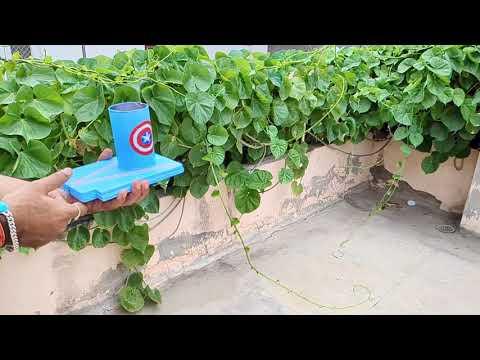How to Make Captain America Shield Thrower
by VCreations in Living > Toys & Games
523 Views, 2 Favorites, 0 Comments
How to Make Captain America Shield Thrower
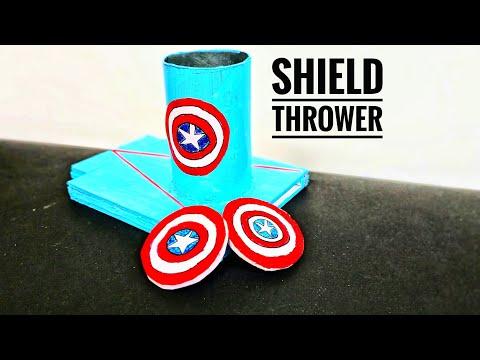
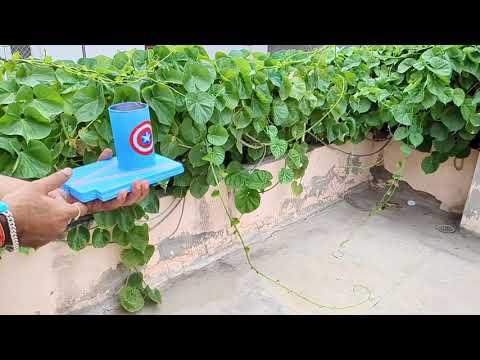
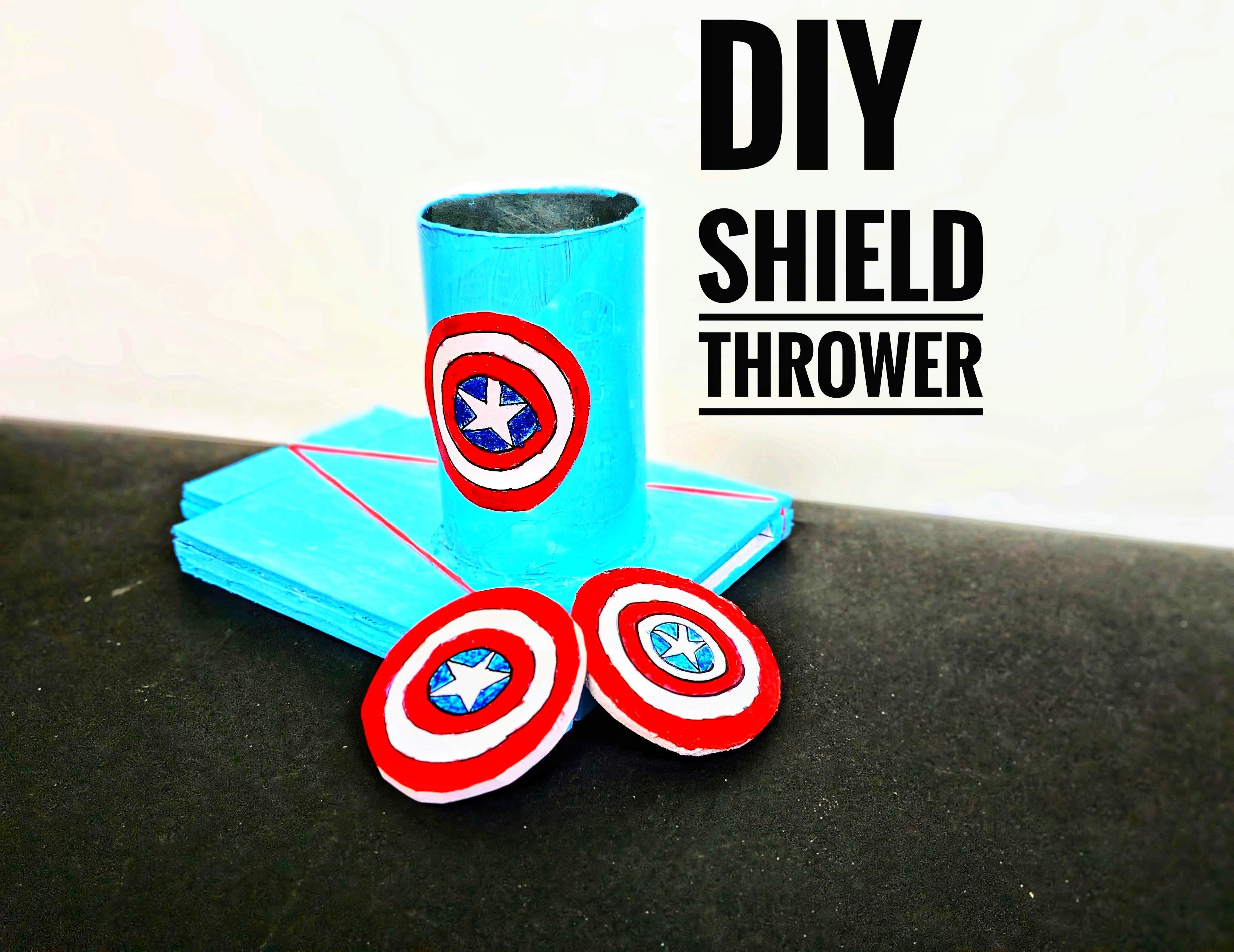.jpg)

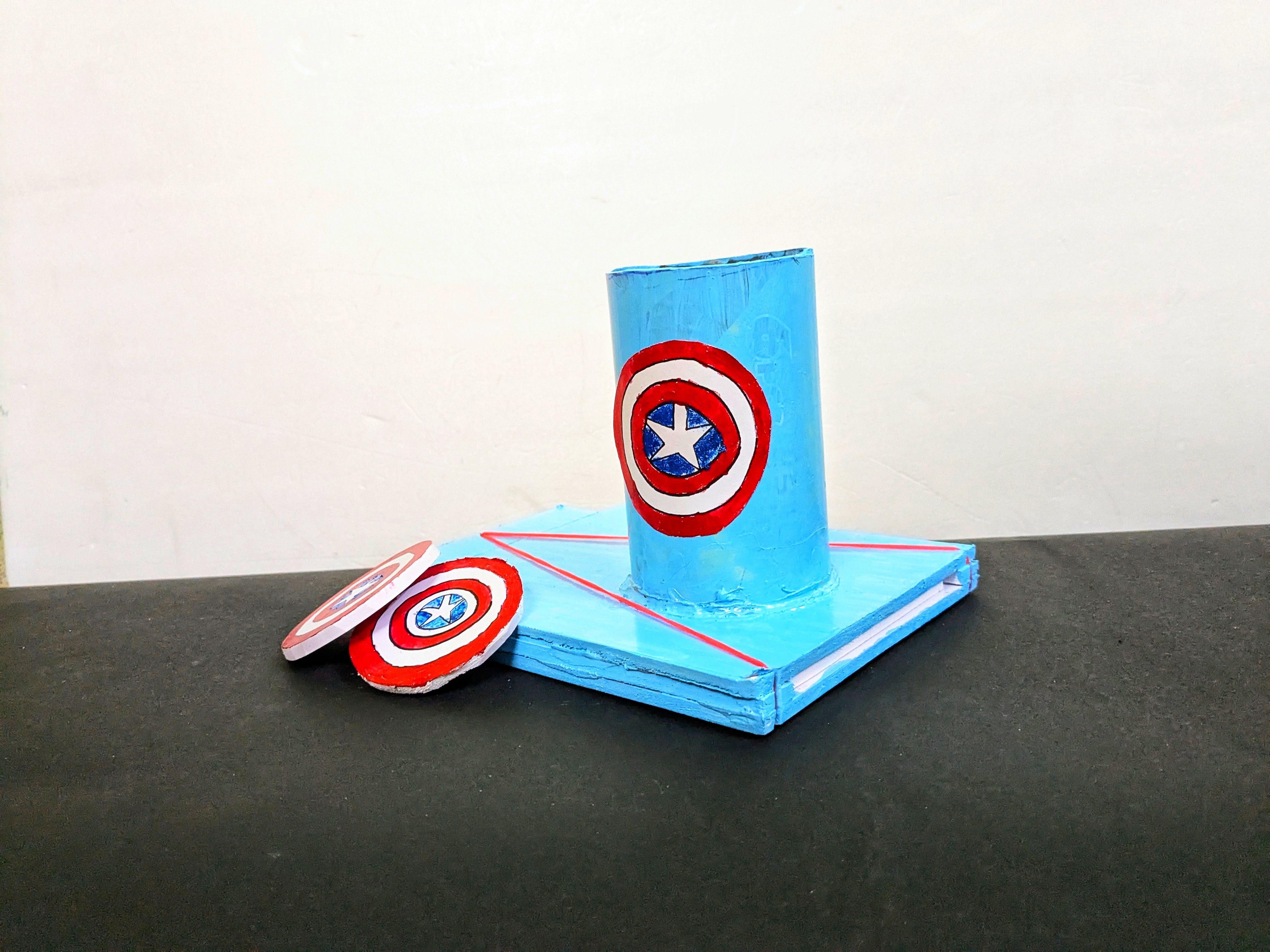
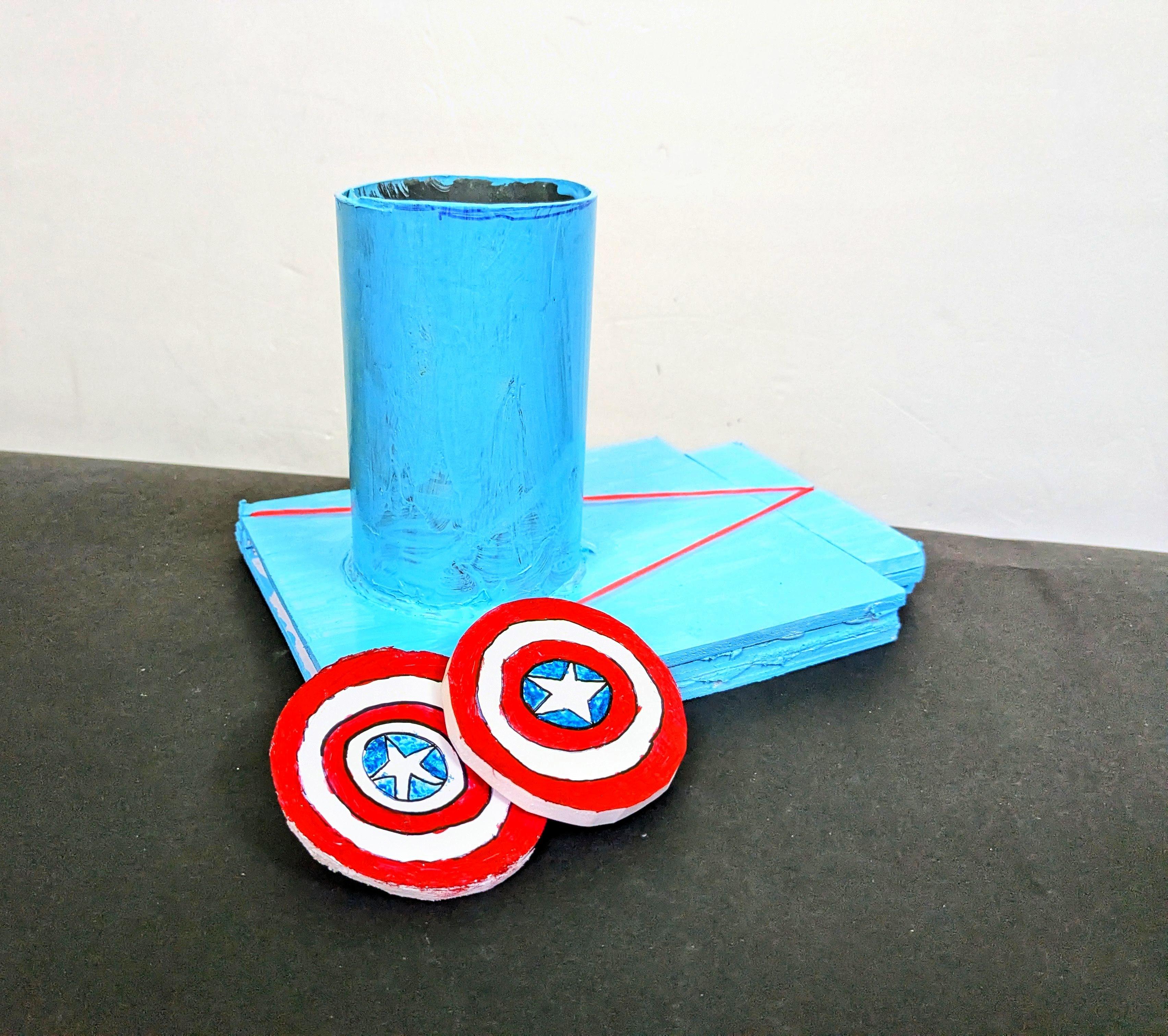
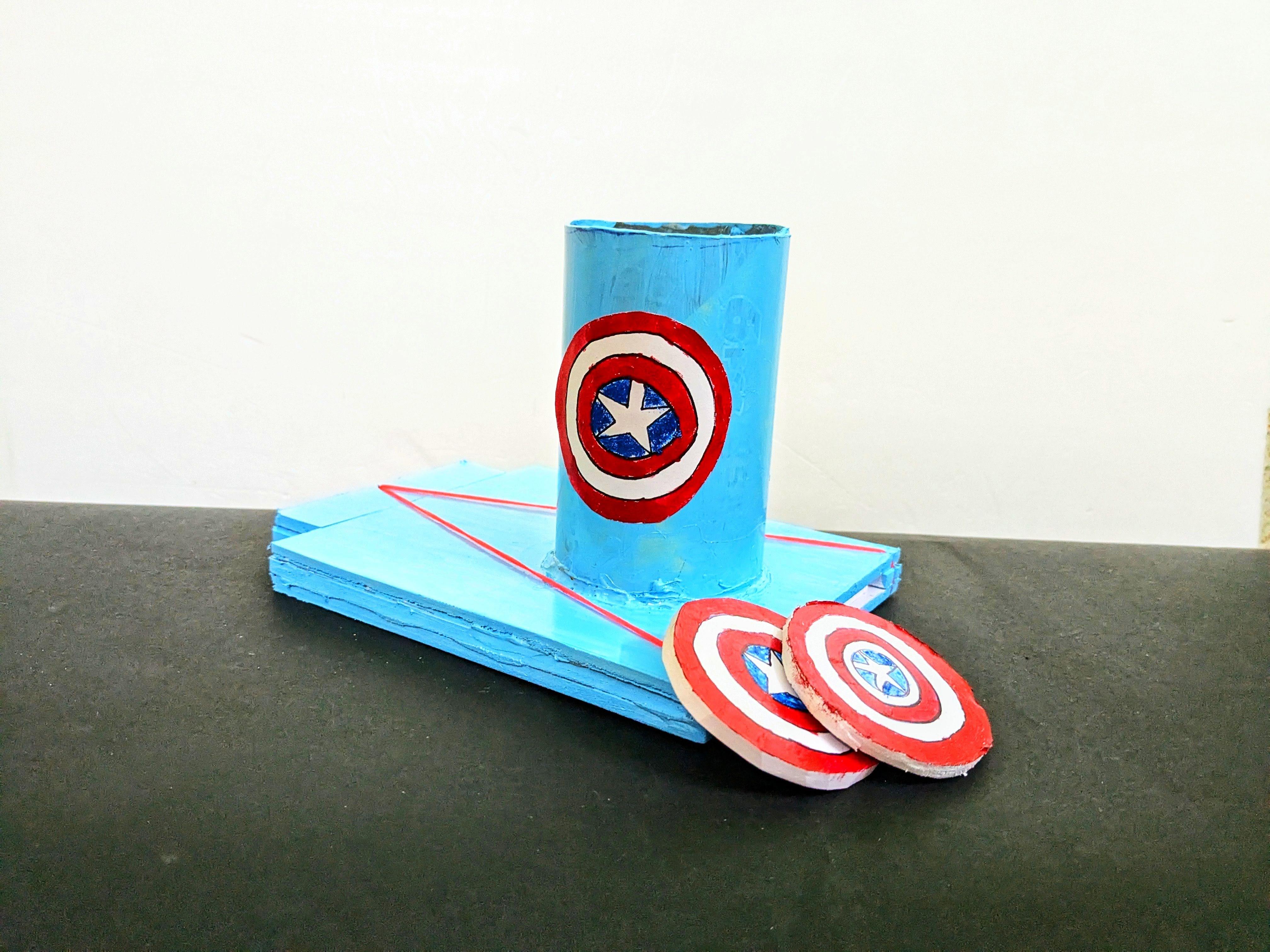
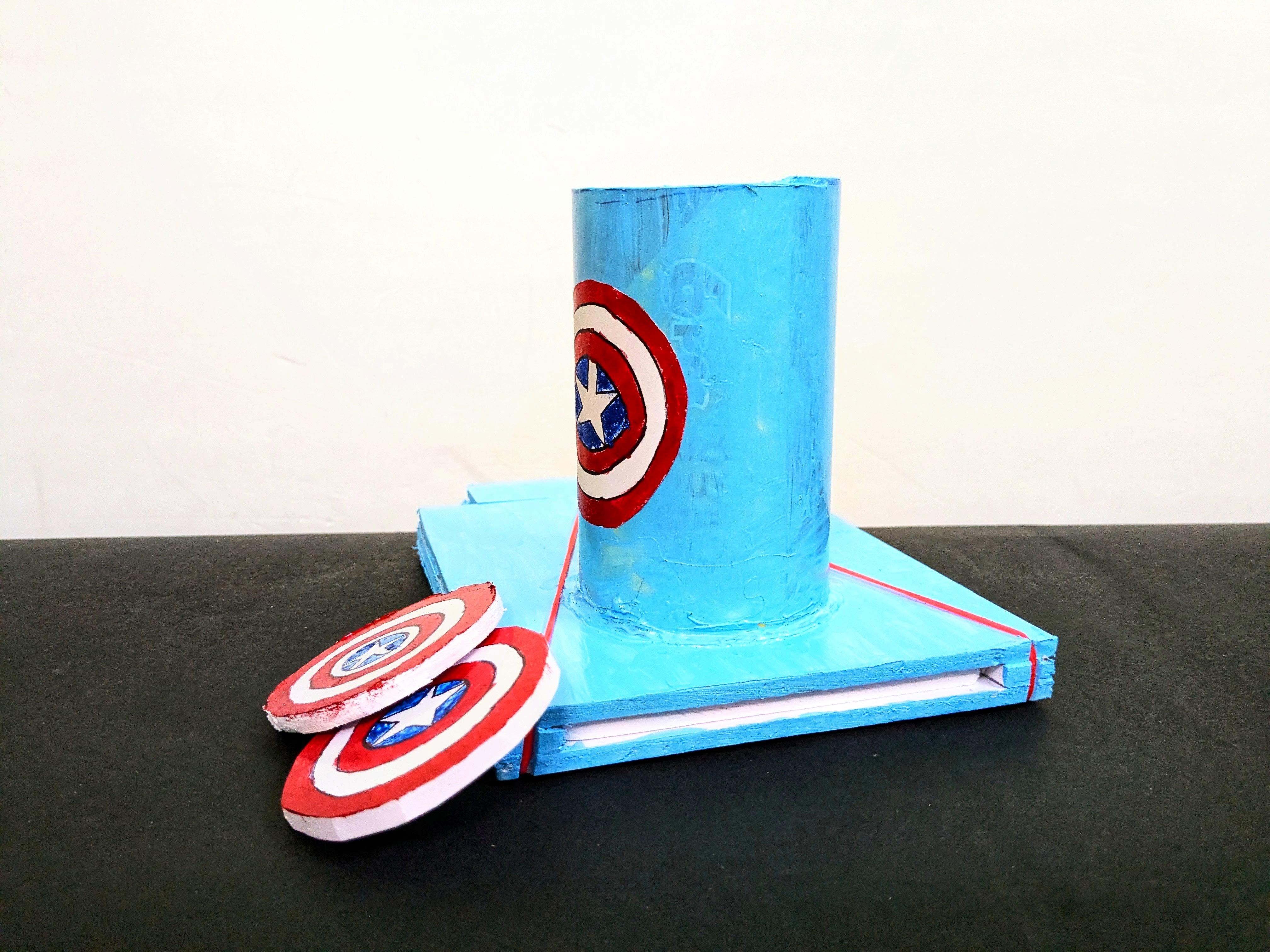
I first thought about making a DIY Captain America shield thrower after watching the Marvel movies and being captivated by how cool it would be to wield Cap's iconic weapon. The idea of not just owning a shield, but actually being able to throw it with precision, stuck with me. I started imagining how amazing it would be to recreate that feeling and bring a piece of the Marvel universe into reality.
This project is not just about building something; it's about experiencing the joy of creation and the thrill of seeing a fun idea come to life. The moment you start sketching out designs and gathering materials, you realize how much fun this journey is going to be. From brainstorming the mechanics to actually assembling the parts, every step is filled with excitement and anticipation.
One of the main reasons I decided to make this shield thrower is the sheer enjoyment it promises. Imagine being able to launch a shield across your yard or in a park, testing your accuracy, and challenging friends to see who can hit the target. It's a unique toy that goes beyond the ordinary, providing endless entertainment and a great conversation piece.
Plus, there's the added bonus of impressing people at cosplay events or superhero-themed parties. Having a functional Captain America shield thrower is bound to turn heads and spark conversations. The satisfaction of knowing you built it yourself makes it even more special.
Supplies
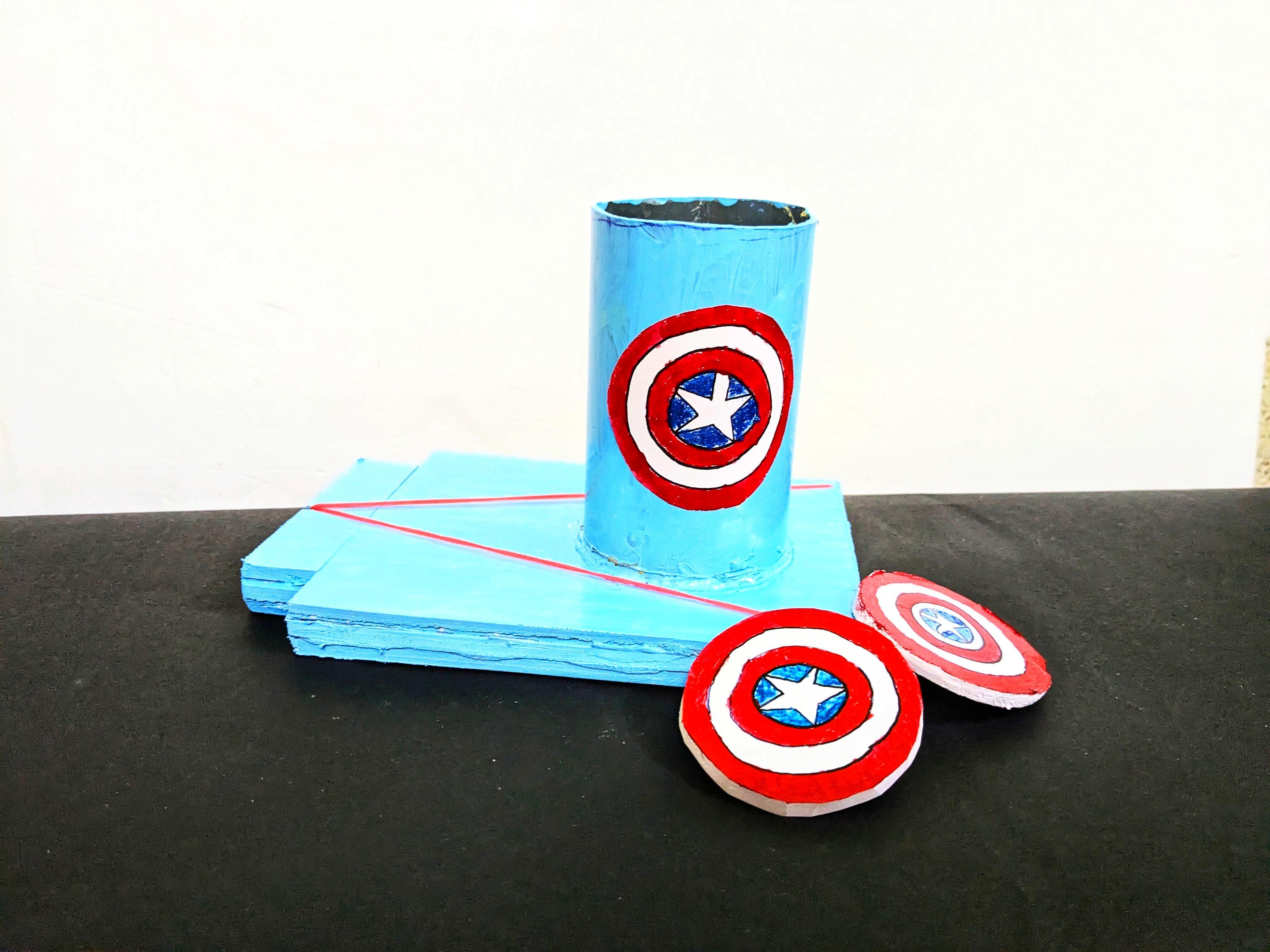
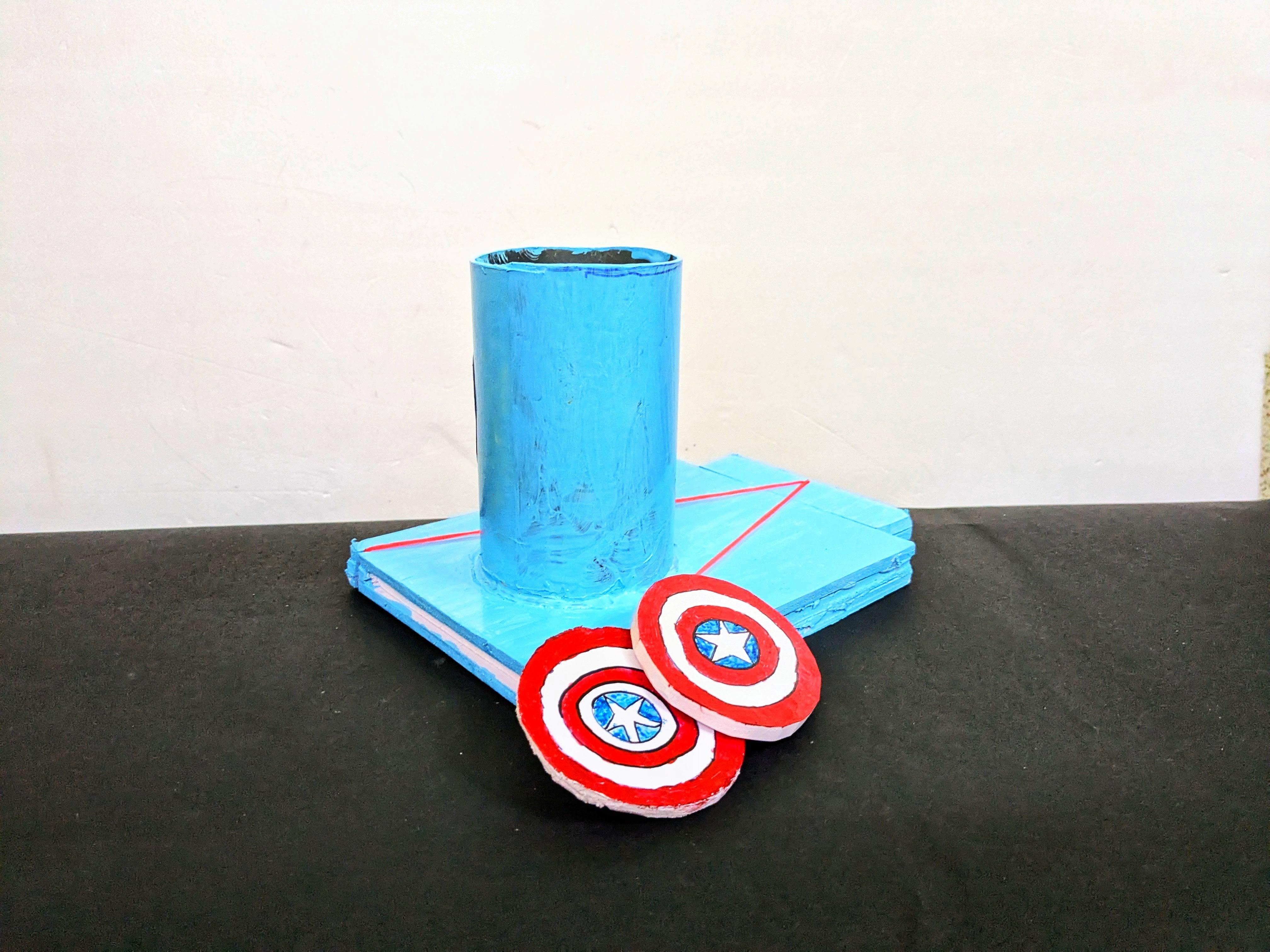
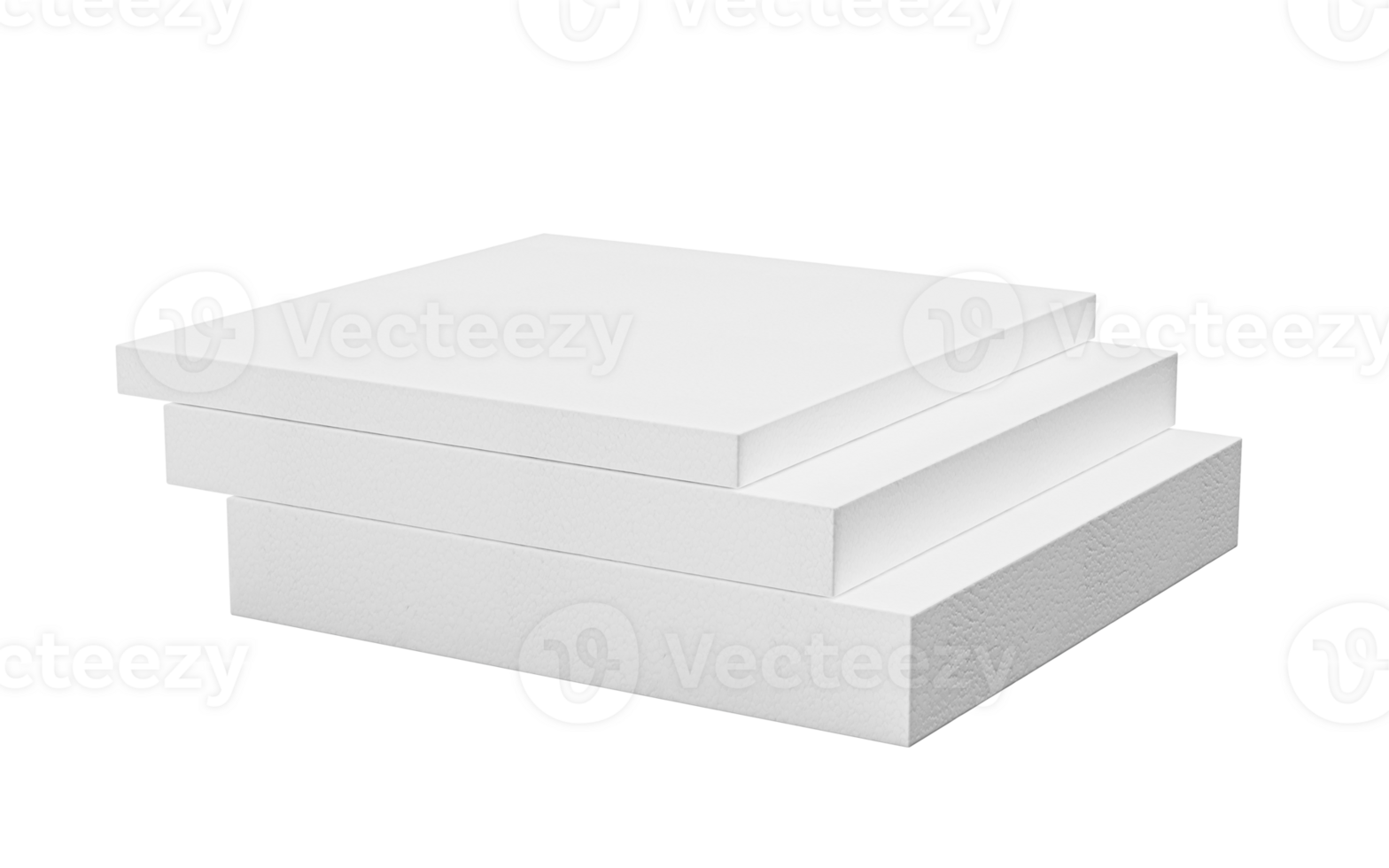
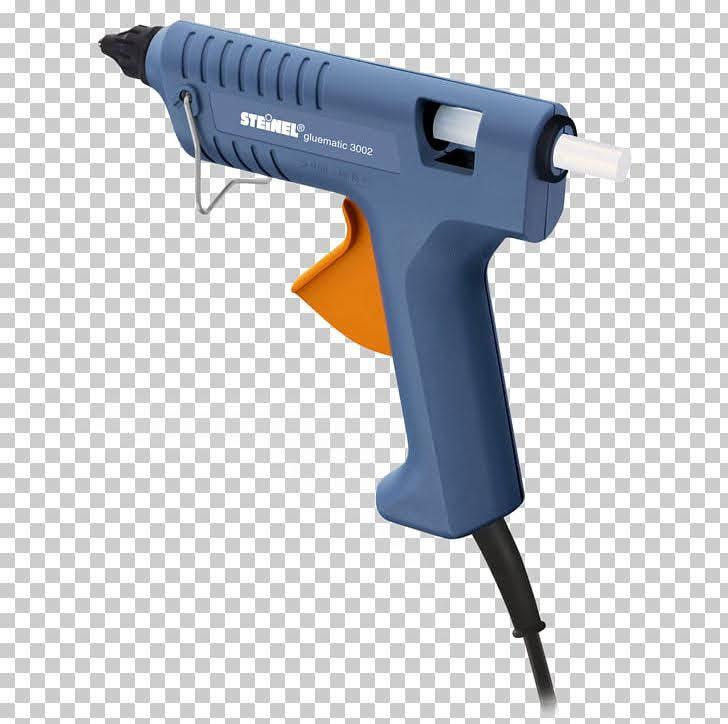

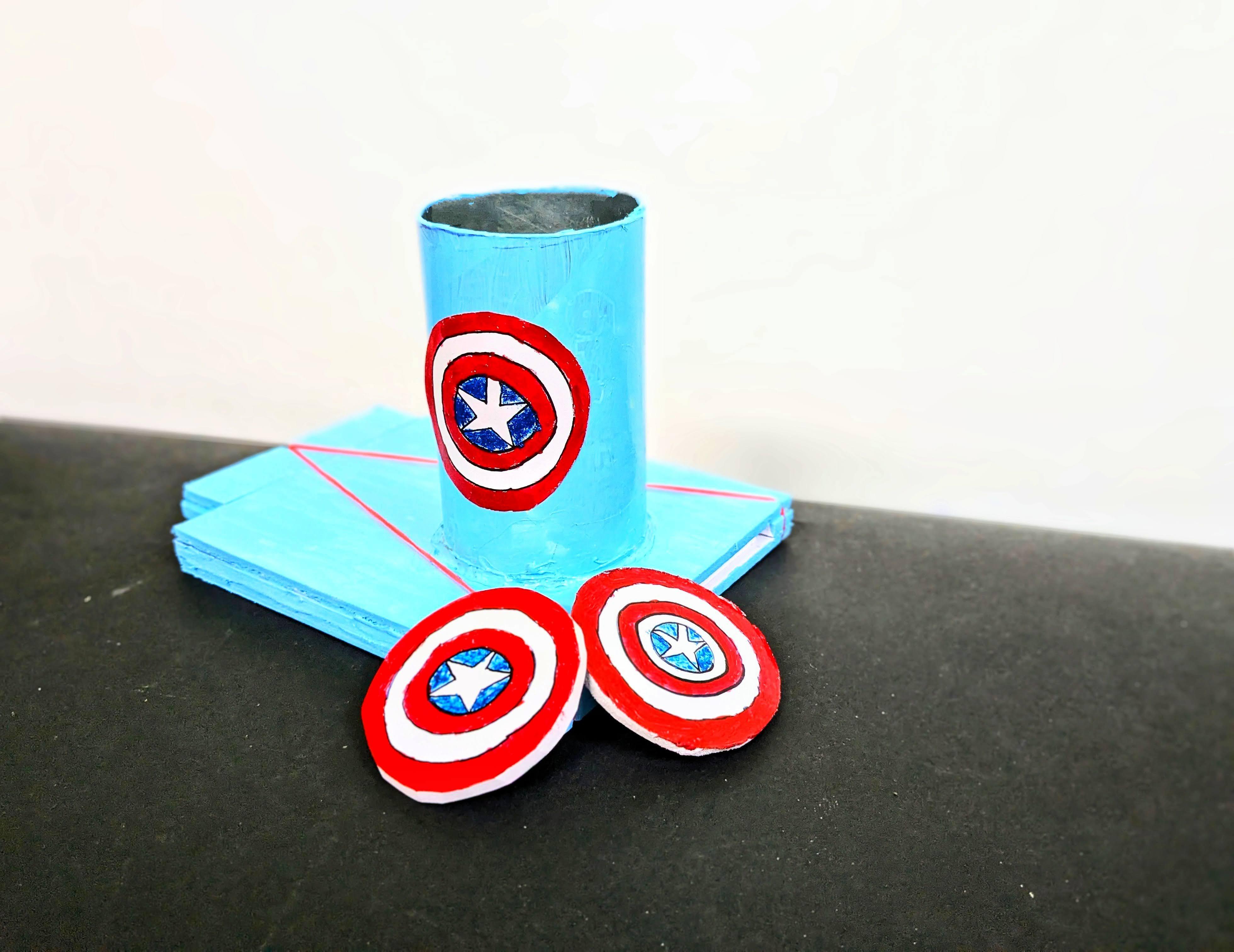.jpg)
- Badminton shuttlecock holder (for holding the shield in place)
- Sunboard (foam board) for creating the base
- Rubber bands (for the launching mechanism)
- Glue gun and glue sticks (for assembly)
- Paints (for base colors and customization)
Finishing Supplies
- Sandpaper (for smoothing rough edges)
- Primer and paint (for customizing the look of the thrower)
- Clear coat (for a durable finish)
Building the Base
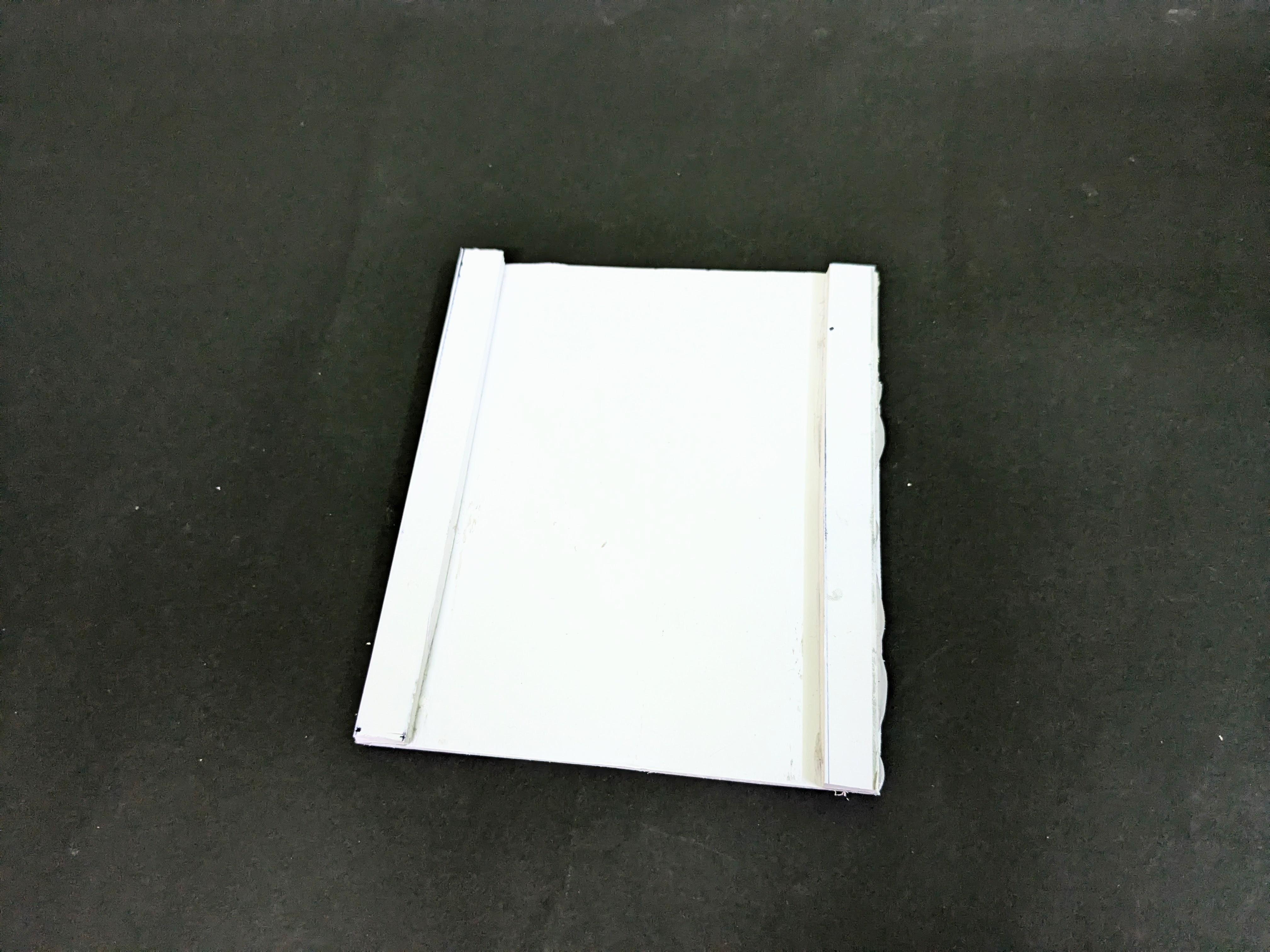
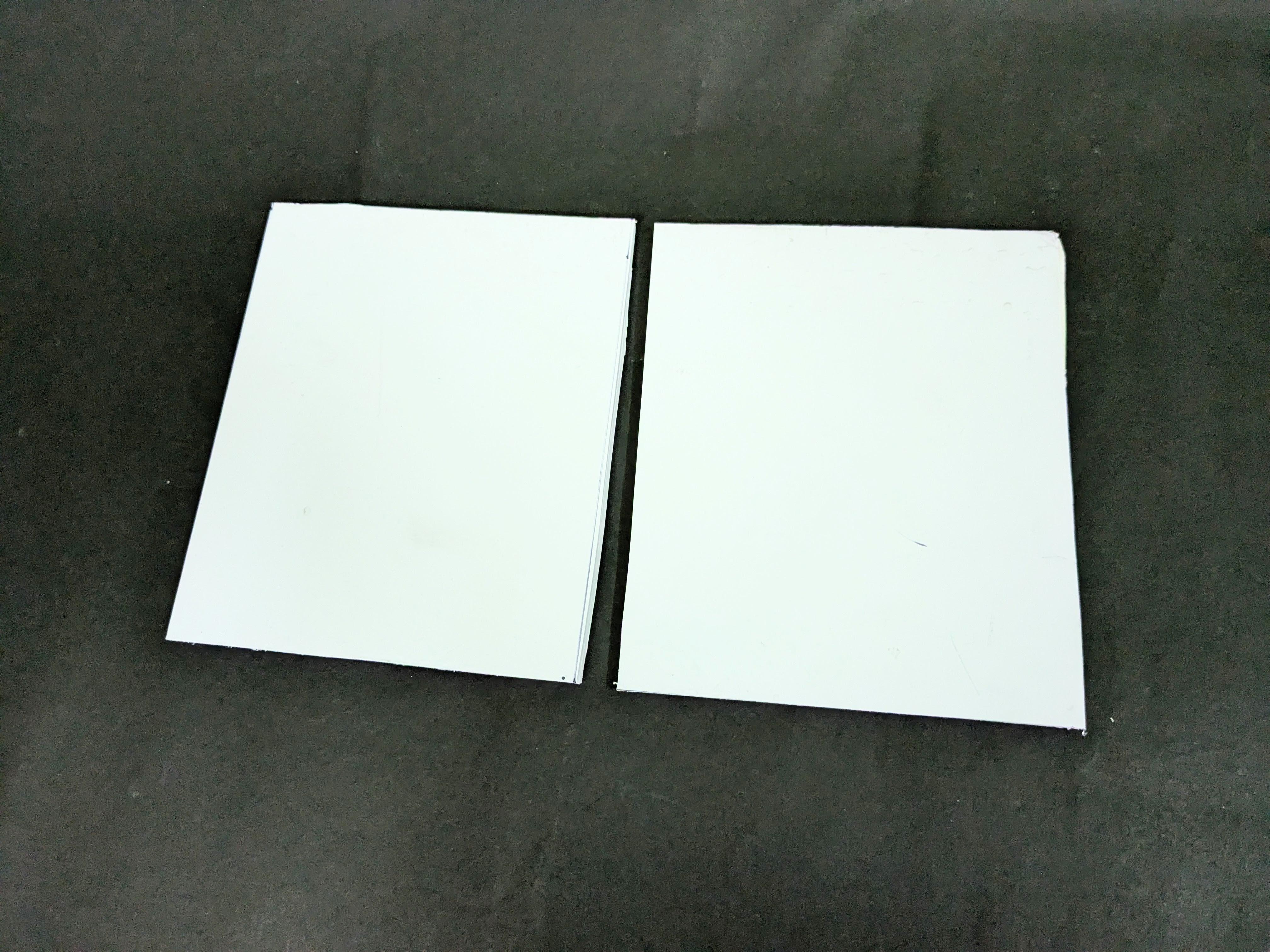
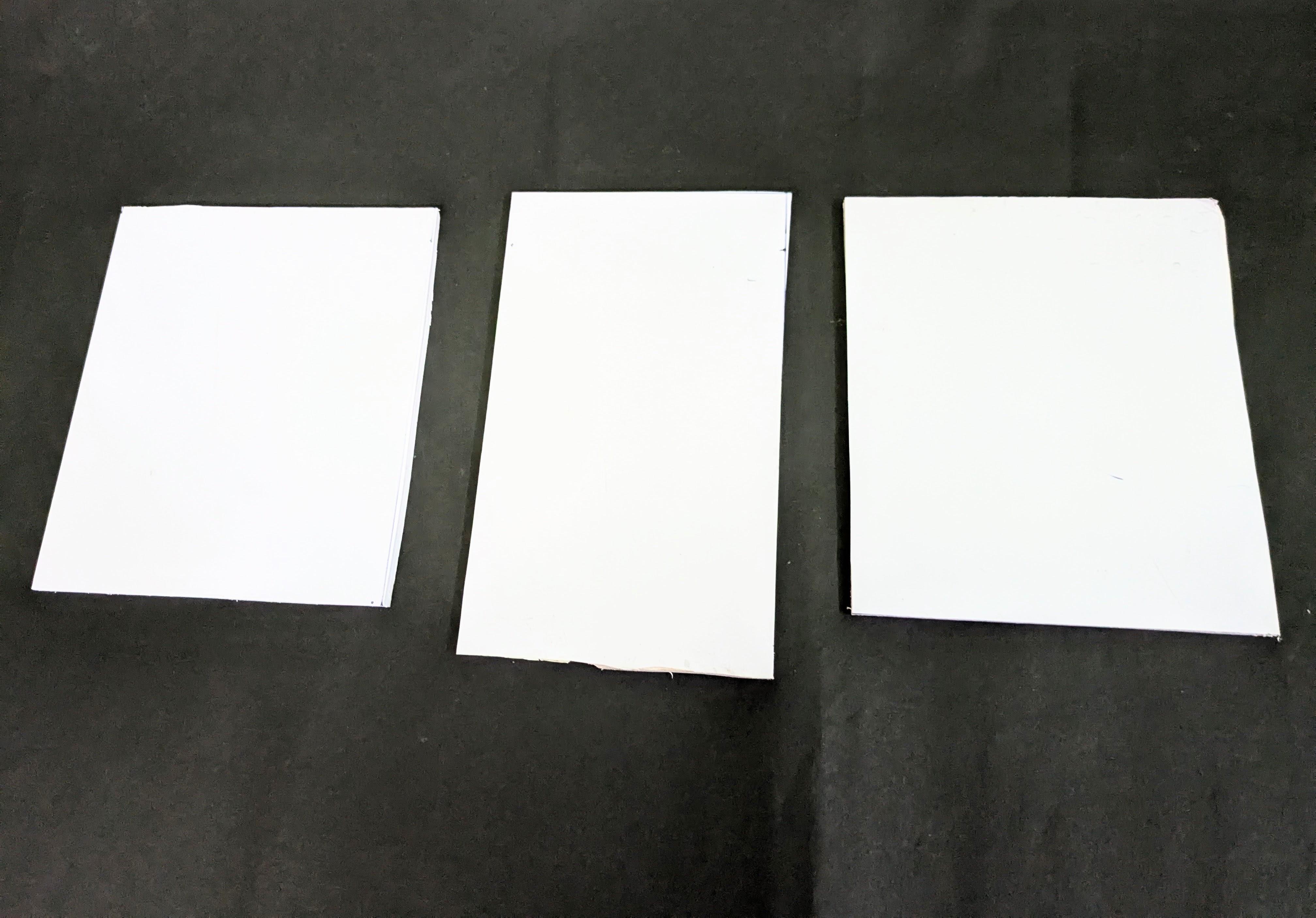
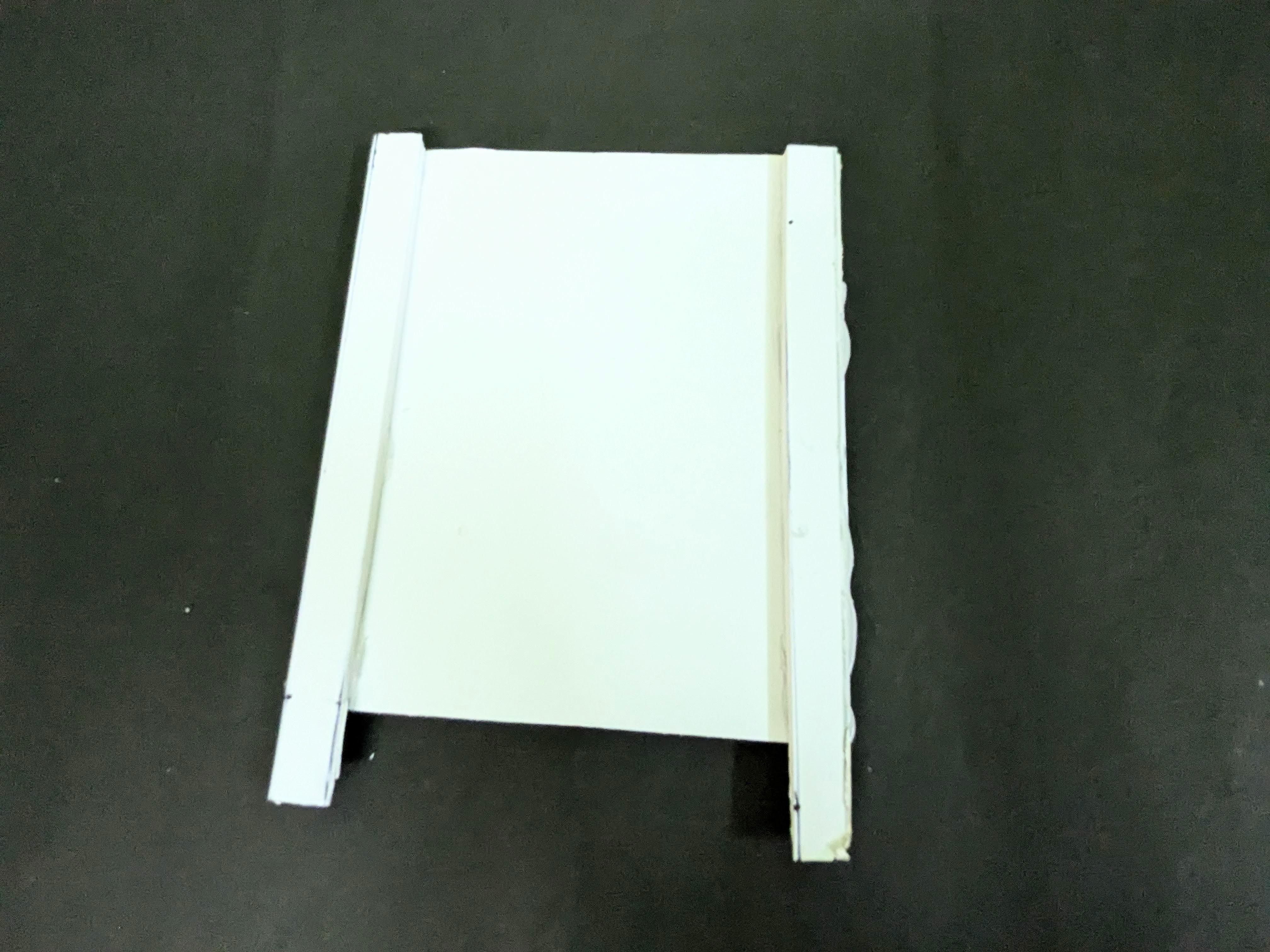
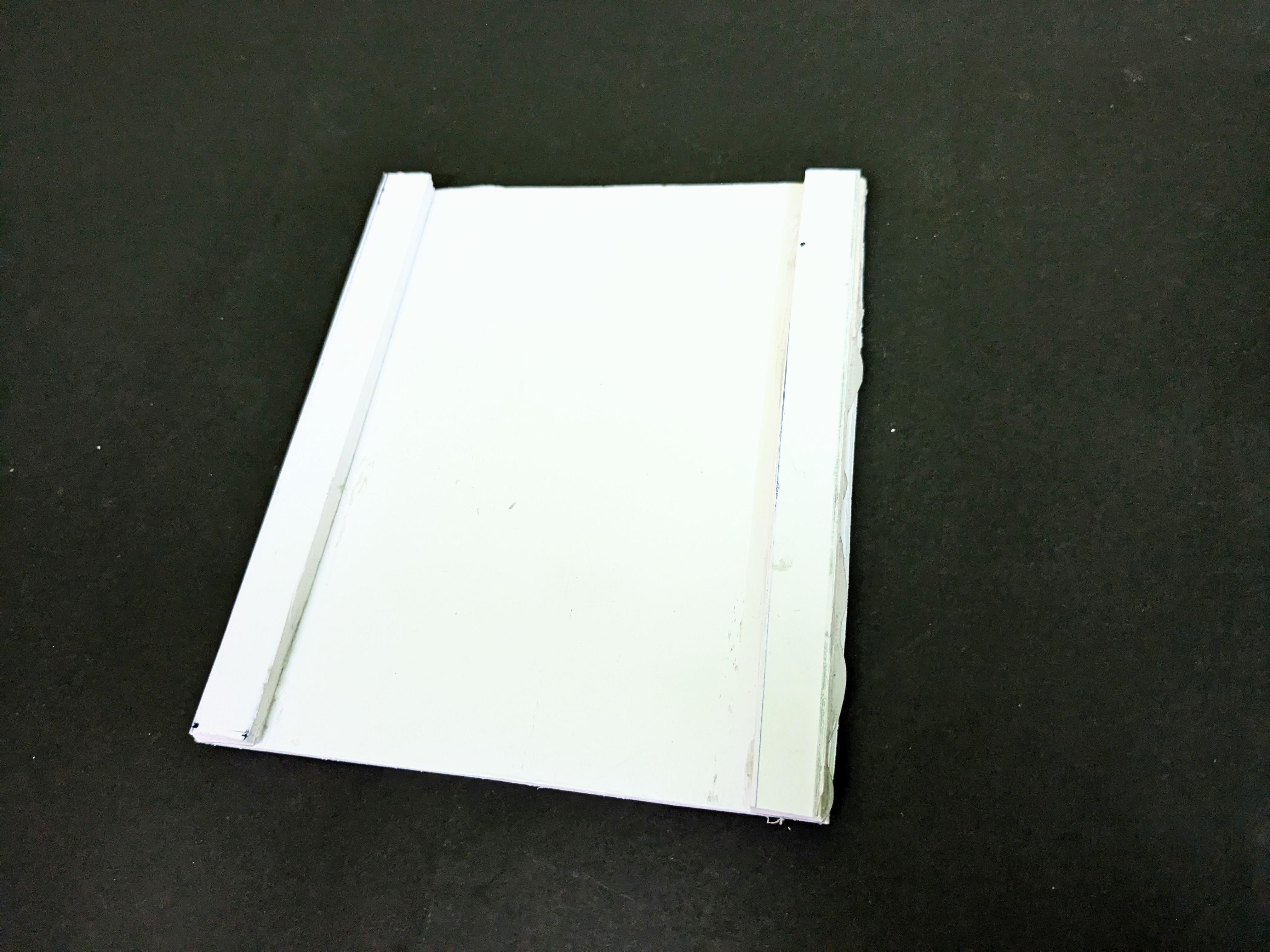
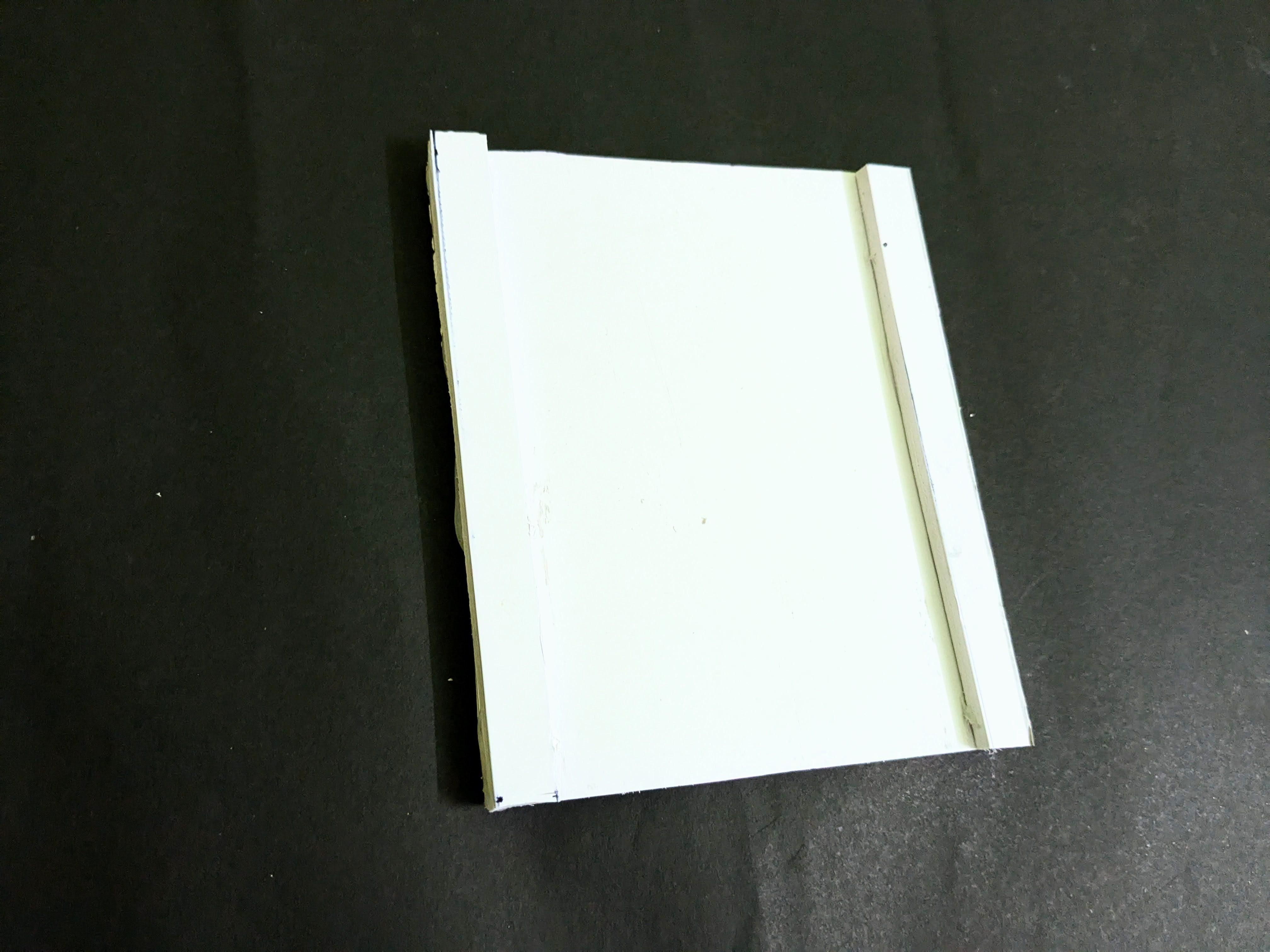
- Cut Sunboard Pieces: Use a craft knife or box cutter to cut the sunboard into three pieces: two pieces measuring 6.5 x 5.5 inches and one piece measuring 7.5 x 5.5 inches.
- Assemble the Base: Glue the sunboard pieces together using a hot glue gun, forming a sturdy base that will support the frame and launching mechanism.
- Cut Frame Components: Cut additional sunboard pieces to create the vertical and horizontal supports for the frame.
- Secure the Frame to the Base: Use the hot glue gun to attach the frame pieces to the base, ensuring they are aligned and stable.
Installing the Shield Holder
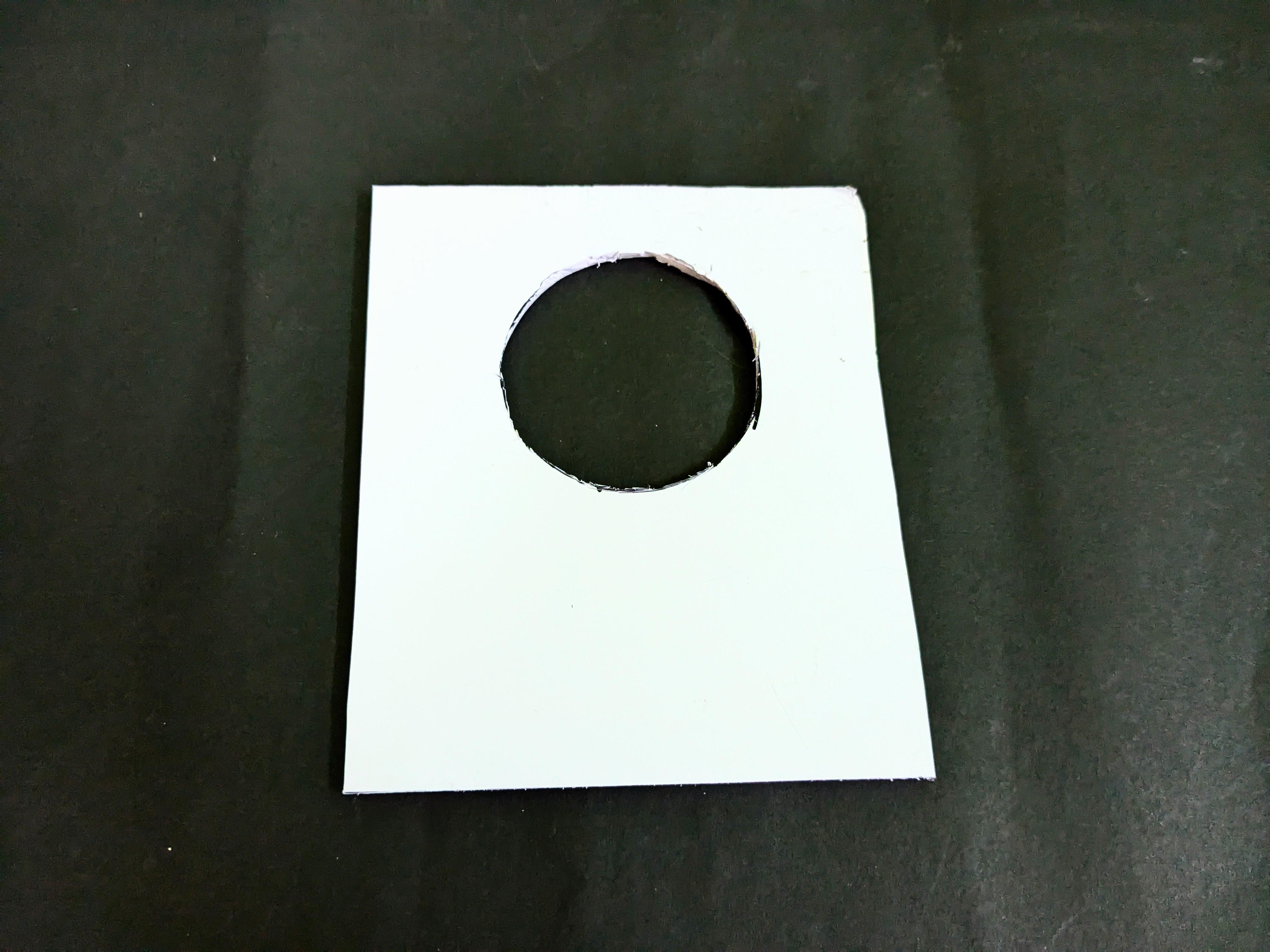
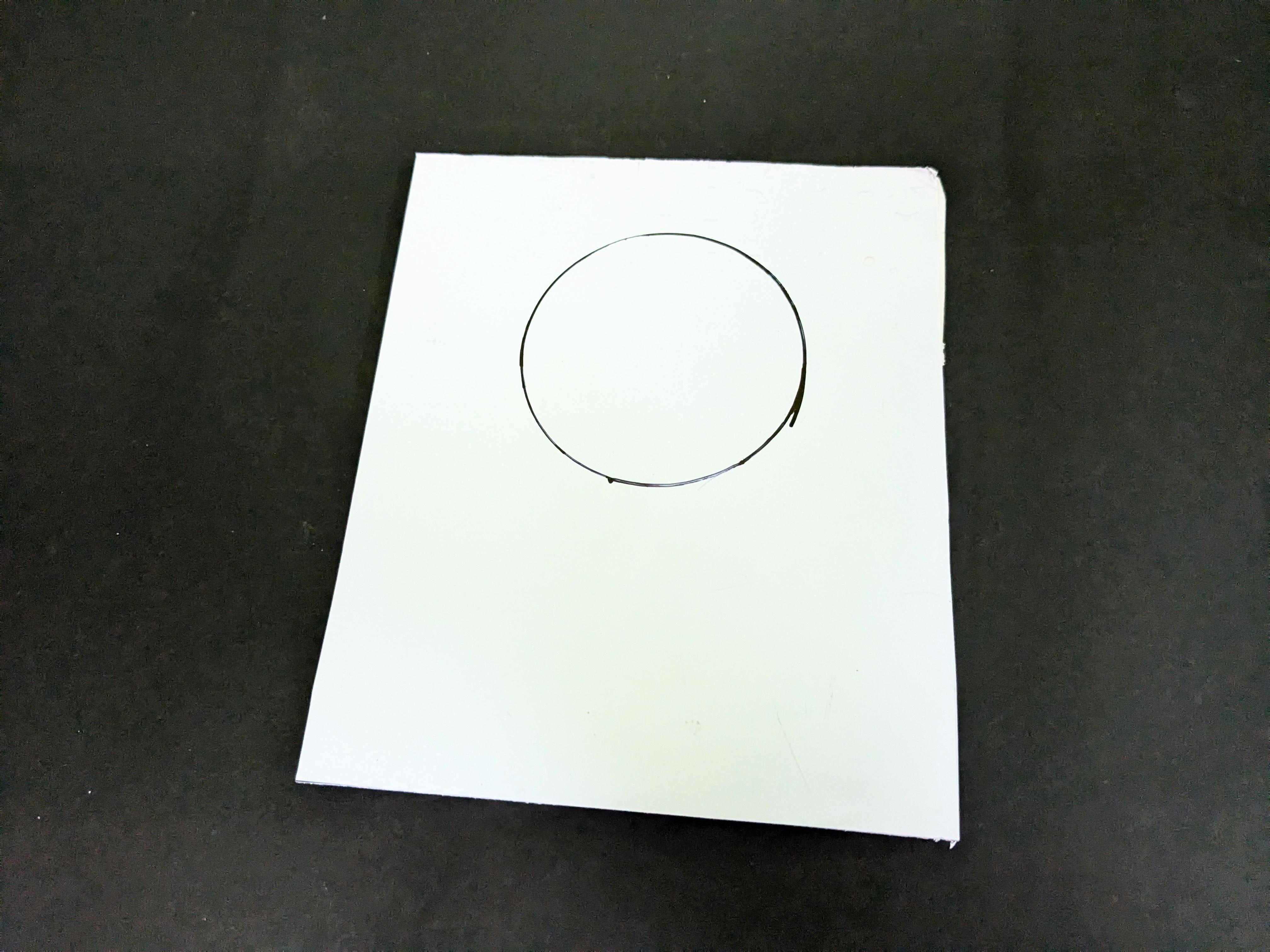
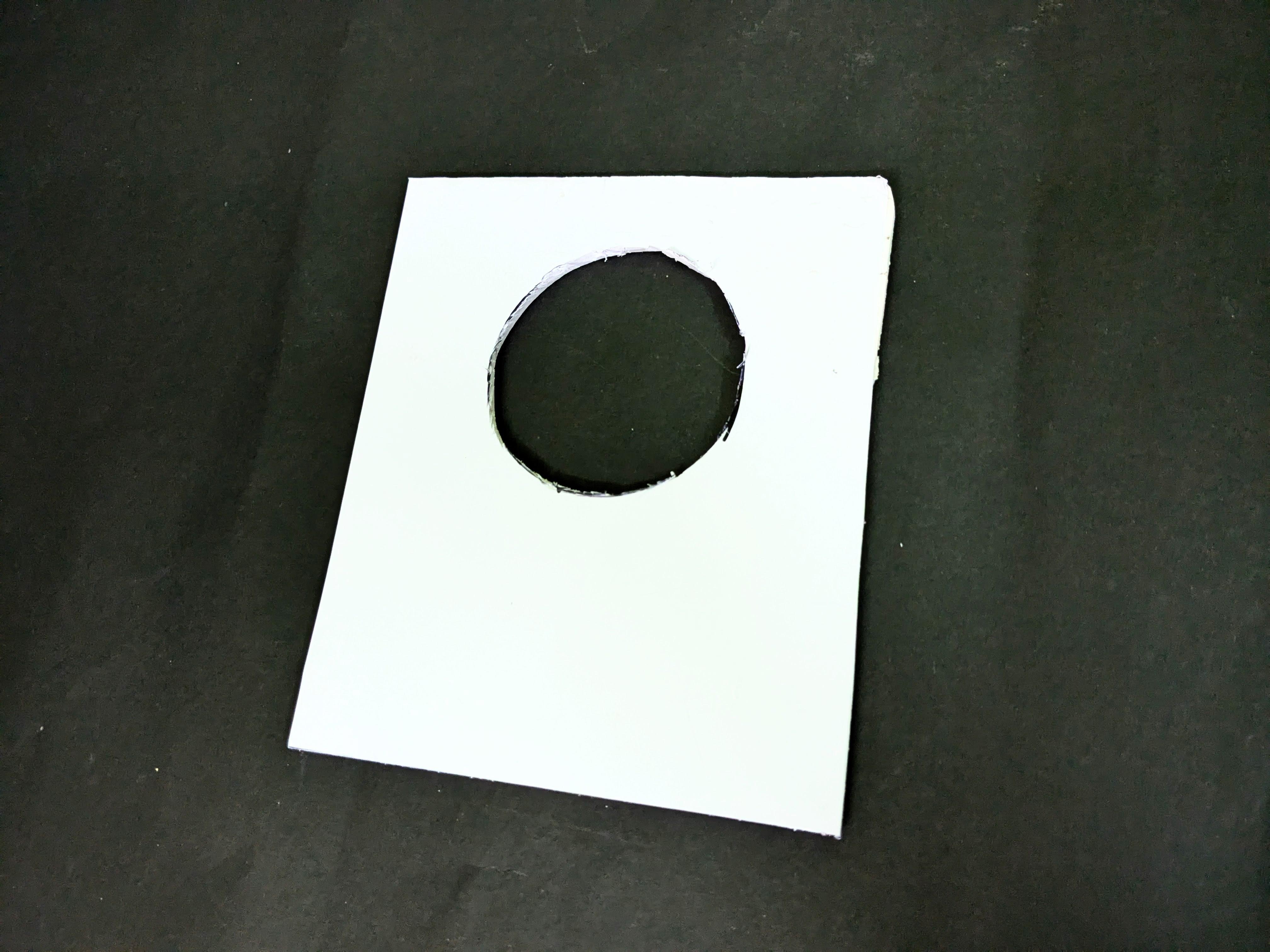
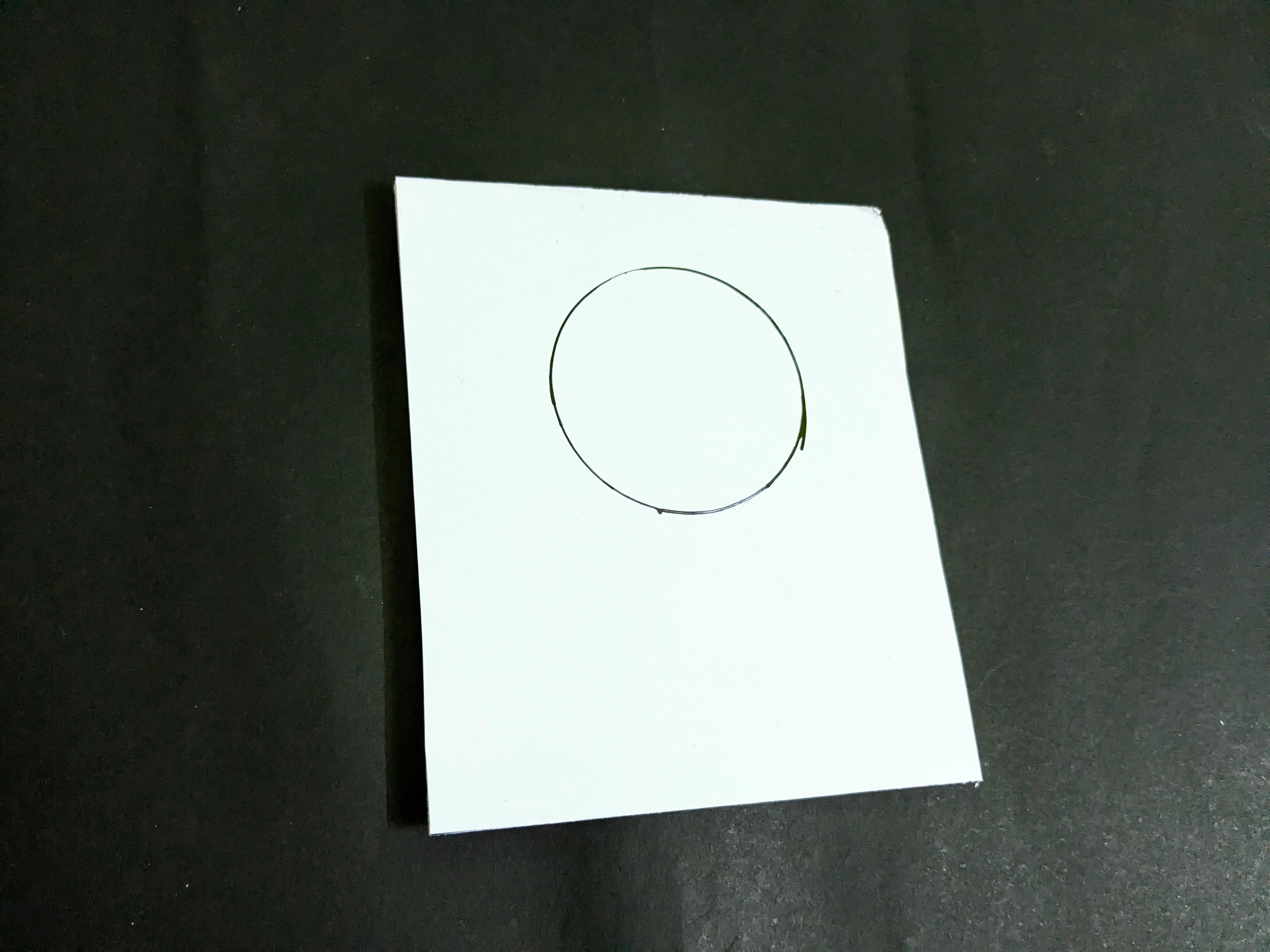
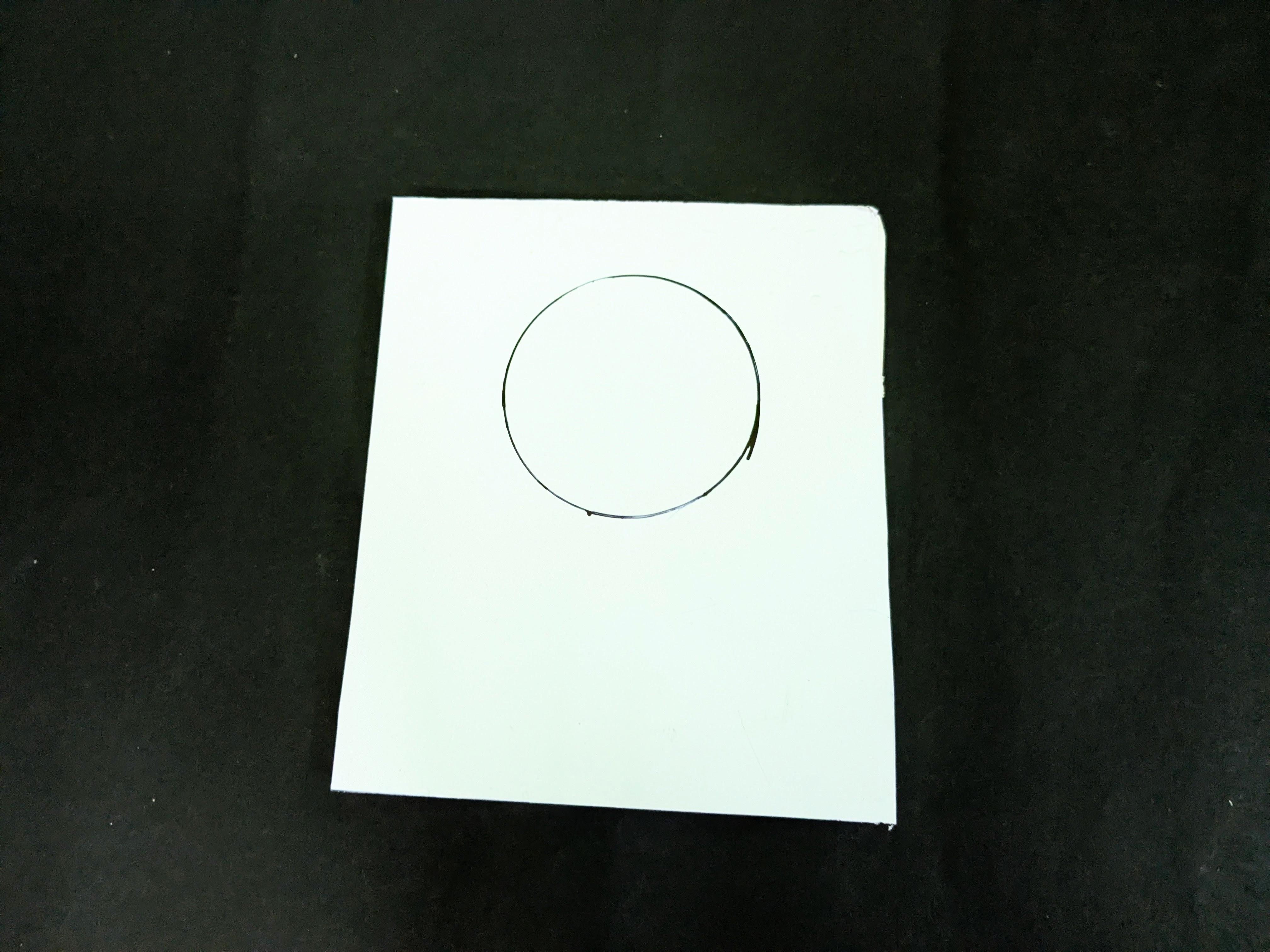
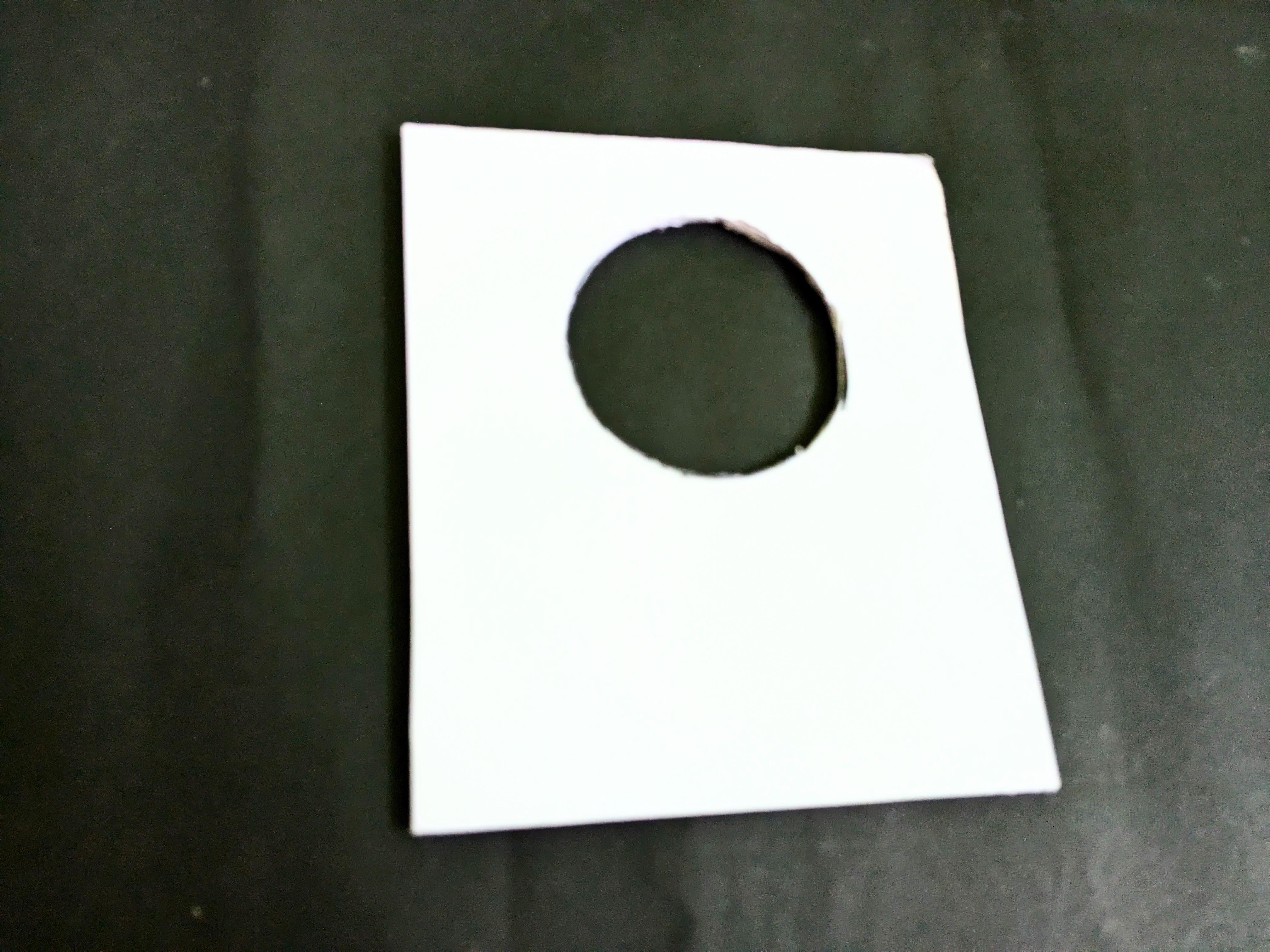
Prepare the Shield Holder:
- Ensure you have a badminton shuttlecock holder that fits the size of your Captain America shield. The holder should securely grip the shield without damaging it.
Position the Holder:
- Determine the best position on the frame for the shuttlecock holder. It should be centered and aligned with the launching mechanism to ensure a straight and balanced launch.
Attach the Holder to the Frame:
- Use a hot glue gun to attach the shuttlecock holder to the frame. Apply a generous amount of glue to ensure a strong bond. Hold the holder in place until the glue sets and the holder is firmly attached.
Reinforce the Attachment:
- For added stability, consider using additional adhesive materials like epoxy or strong tape around the base of the holder where it meets the frame. This will ensure the holder can withstand the force of launching the shield.
Test the Stability:
- Once the holder is attached, gently tug on it to ensure it is securely fixed and can support the weight of the shield. The holder should not wobble or shift during this test.
Constructing the Frame
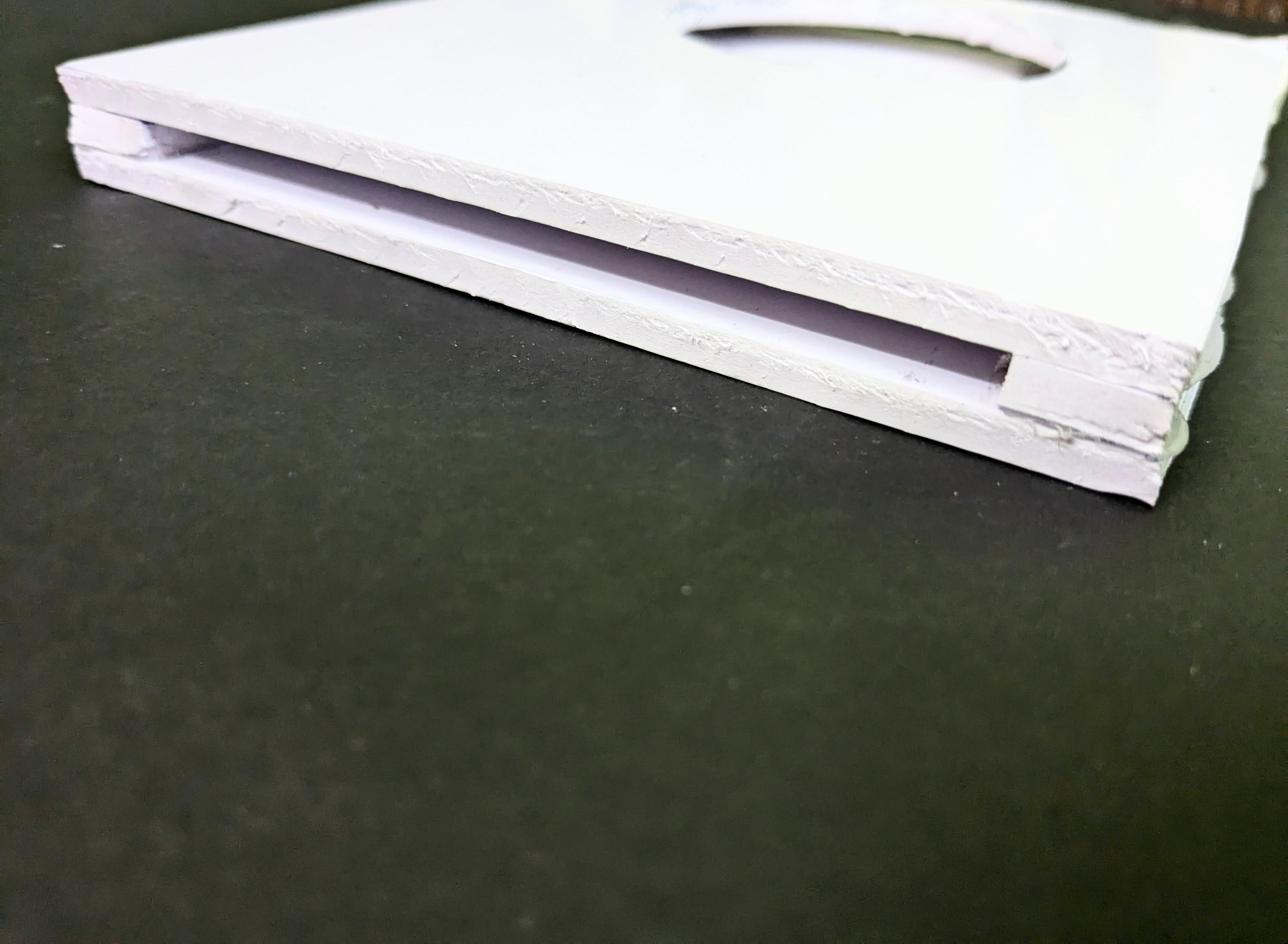
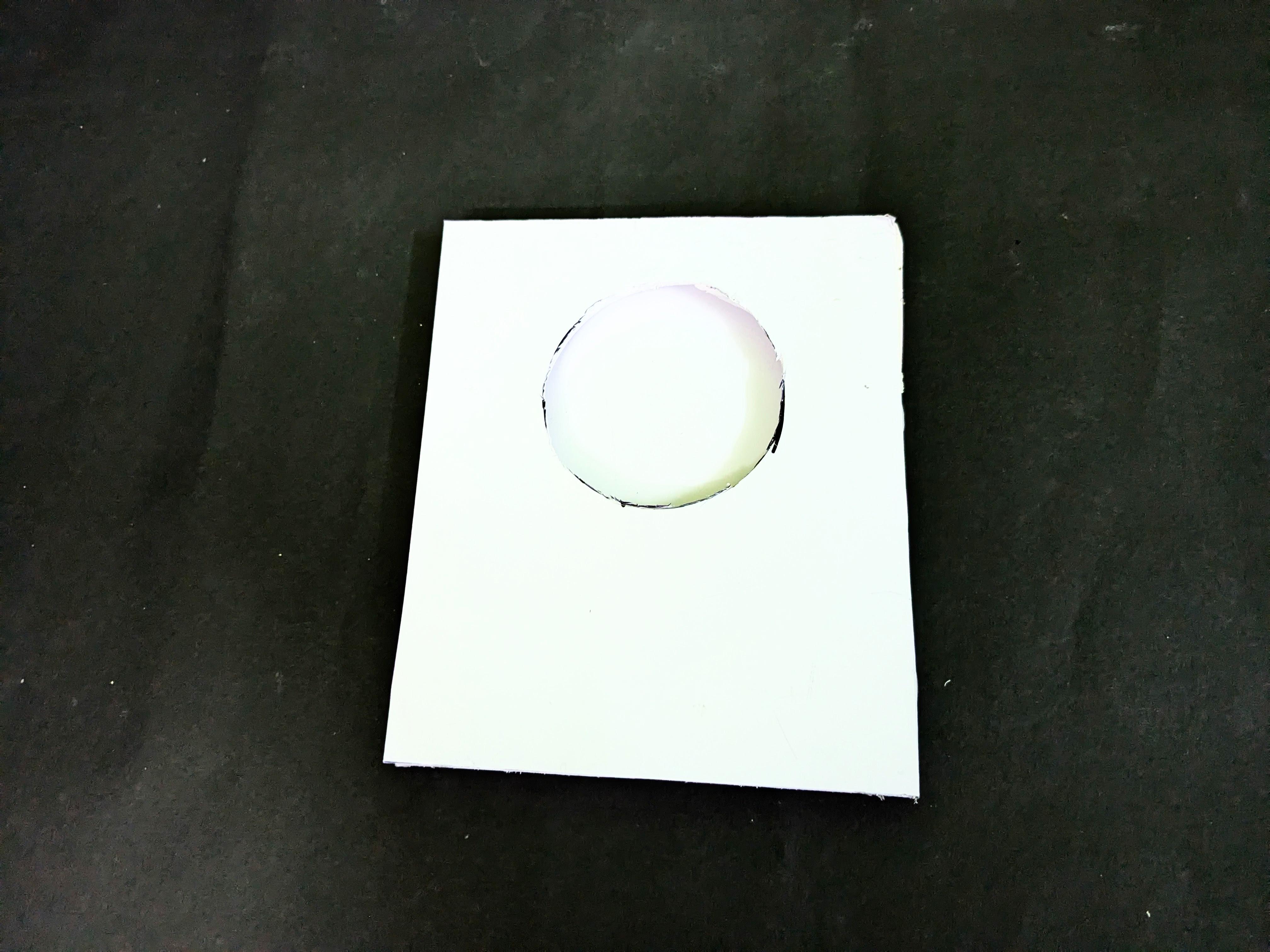
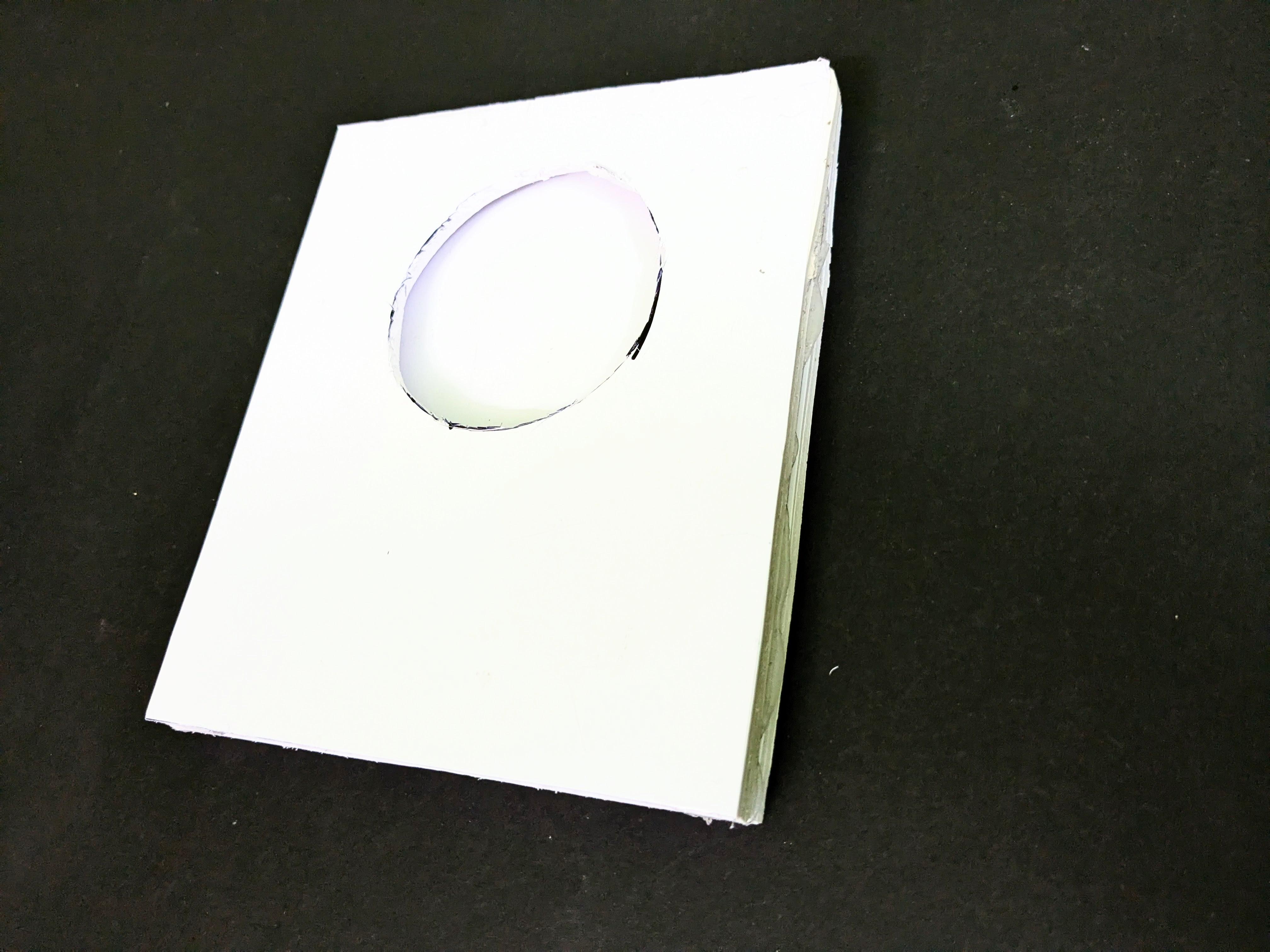
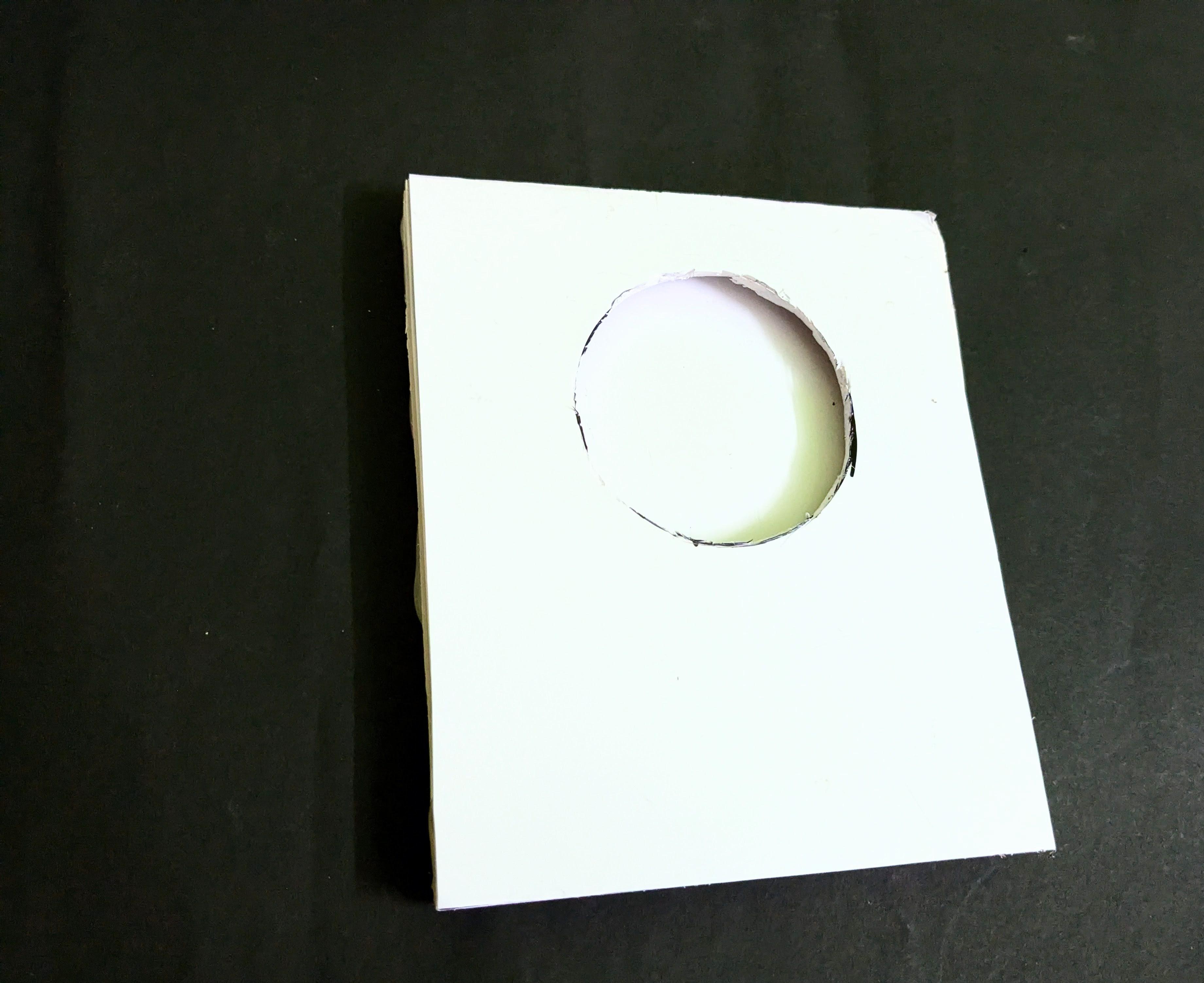
Cut Frame Components:
- Measure and Mark: Measure and mark the sunboard pieces according to your design plan. The frame will need vertical supports, horizontal supports, and possibly diagonal braces for added stability.
- Cut the Sunboard: Using a craft knife or box cutter, carefully cut the sunboard pieces to the required sizes. Ensure the cuts are straight and clean for a sturdy assembly.
Assemble the Vertical Supports:
- Position the Supports: Place the vertical supports on the base where they will provide the best balance and stability for the frame.
- Glue the Supports: Apply hot glue to the bottom of each vertical support and press them firmly onto the base. Hold them in place until the glue sets and the supports stand upright without wobbling.
Attach Horizontal Supports:
- Position the Horizontal Supports: Align the horizontal supports with the top of the vertical supports, creating a sturdy rectangular frame.
- Glue the Supports: Apply hot glue to the ends of the horizontal supports and attach them to the top of the vertical supports. Ensure the connections are strong and the frame is square.
Add Diagonal Braces (if needed):
- Measure and Cut Braces: If your frame needs extra stability, measure and cut diagonal braces to fit between the vertical and horizontal supports.
- Glue the Braces: Apply hot glue to the ends of the diagonal braces and attach them to the frame, reinforcing the corners. Hold them in place until the glue sets.
Assembling the Body
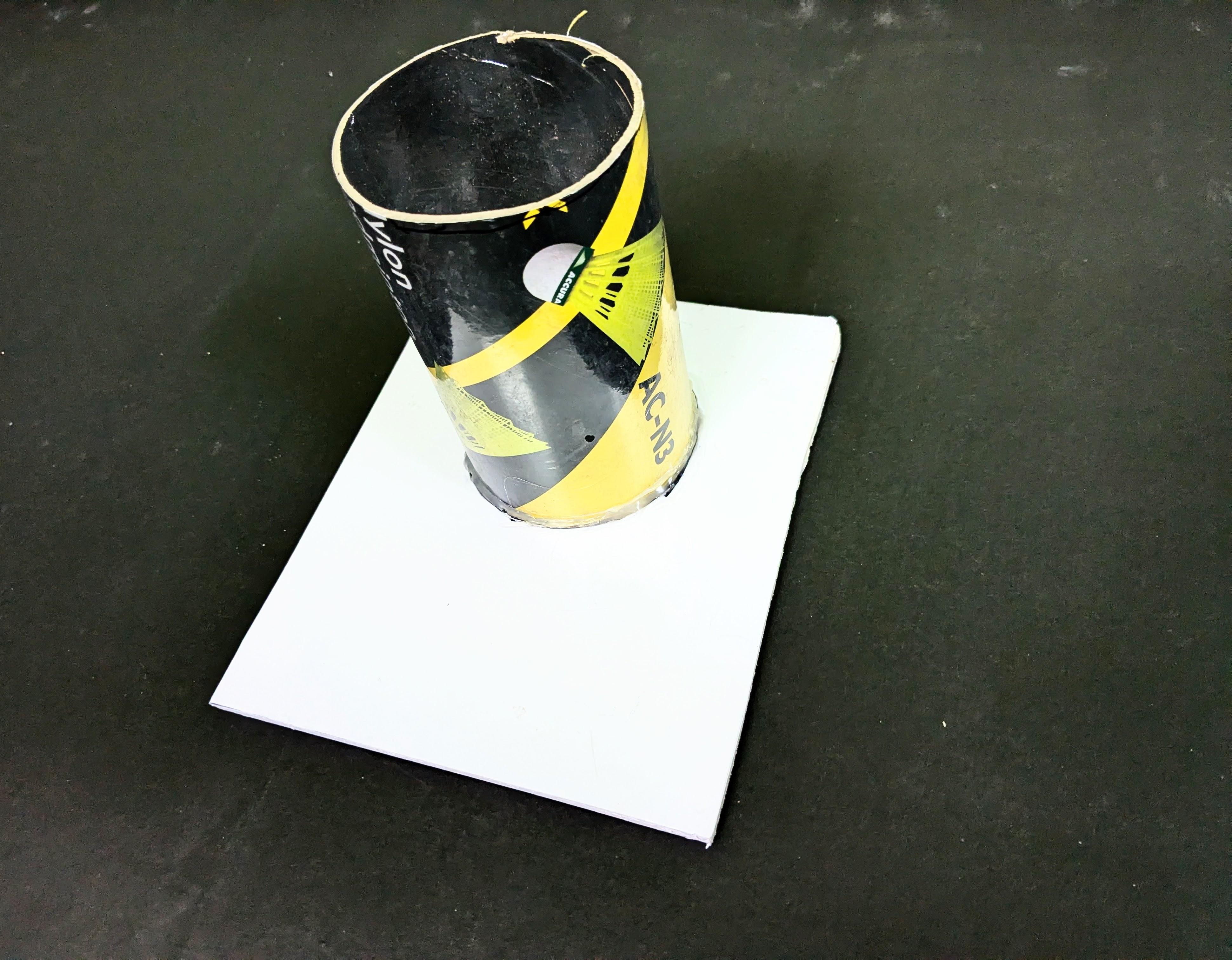
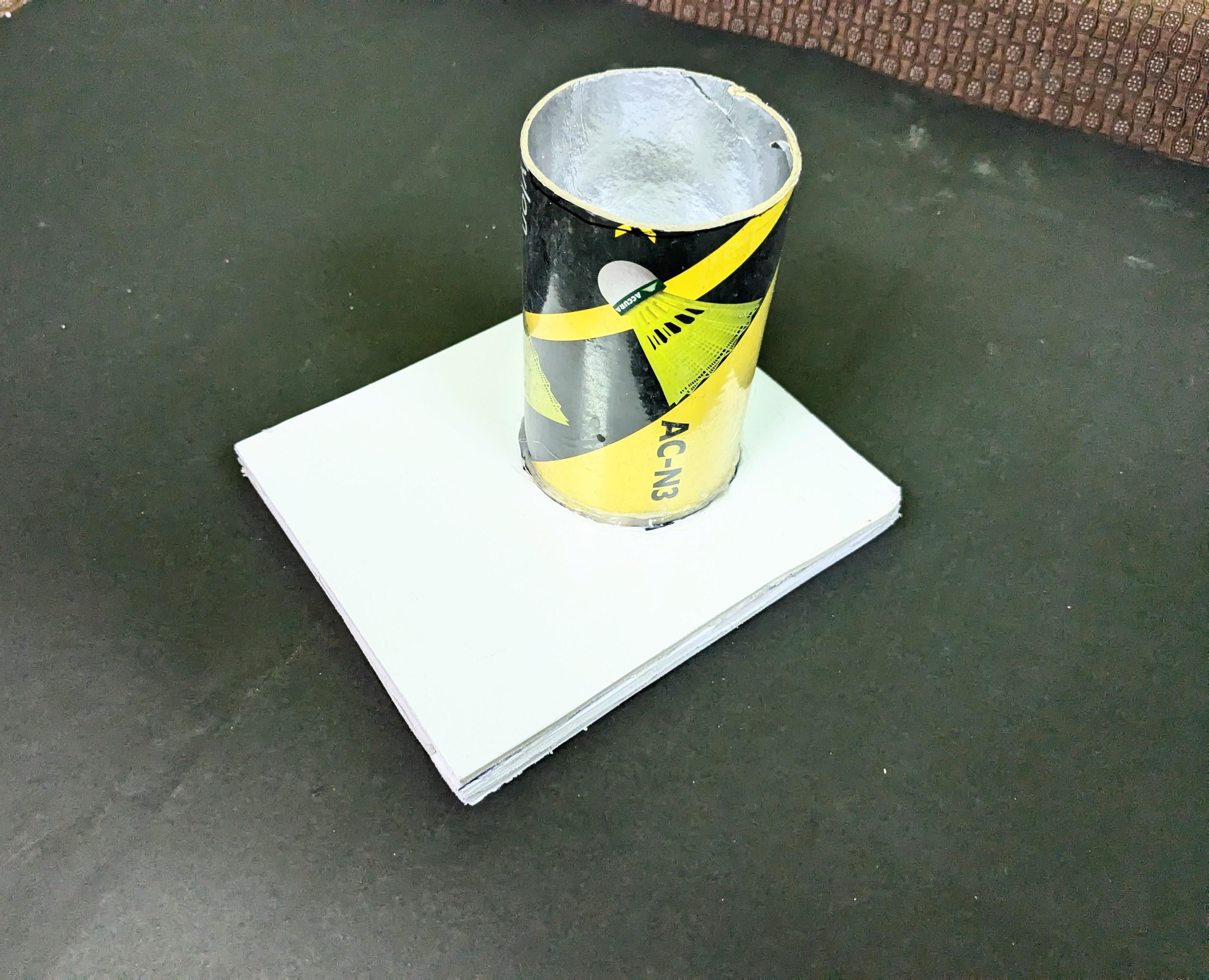
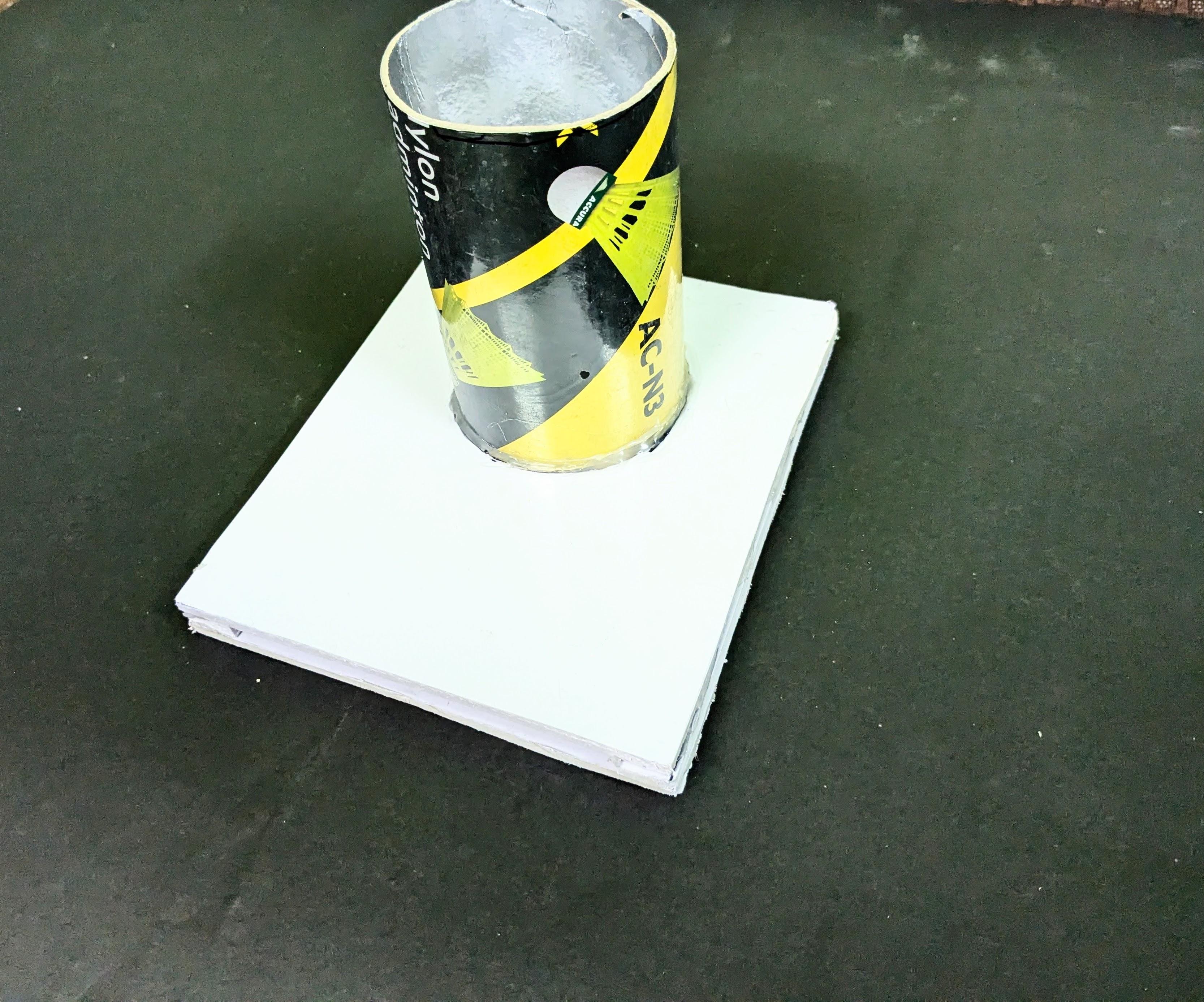
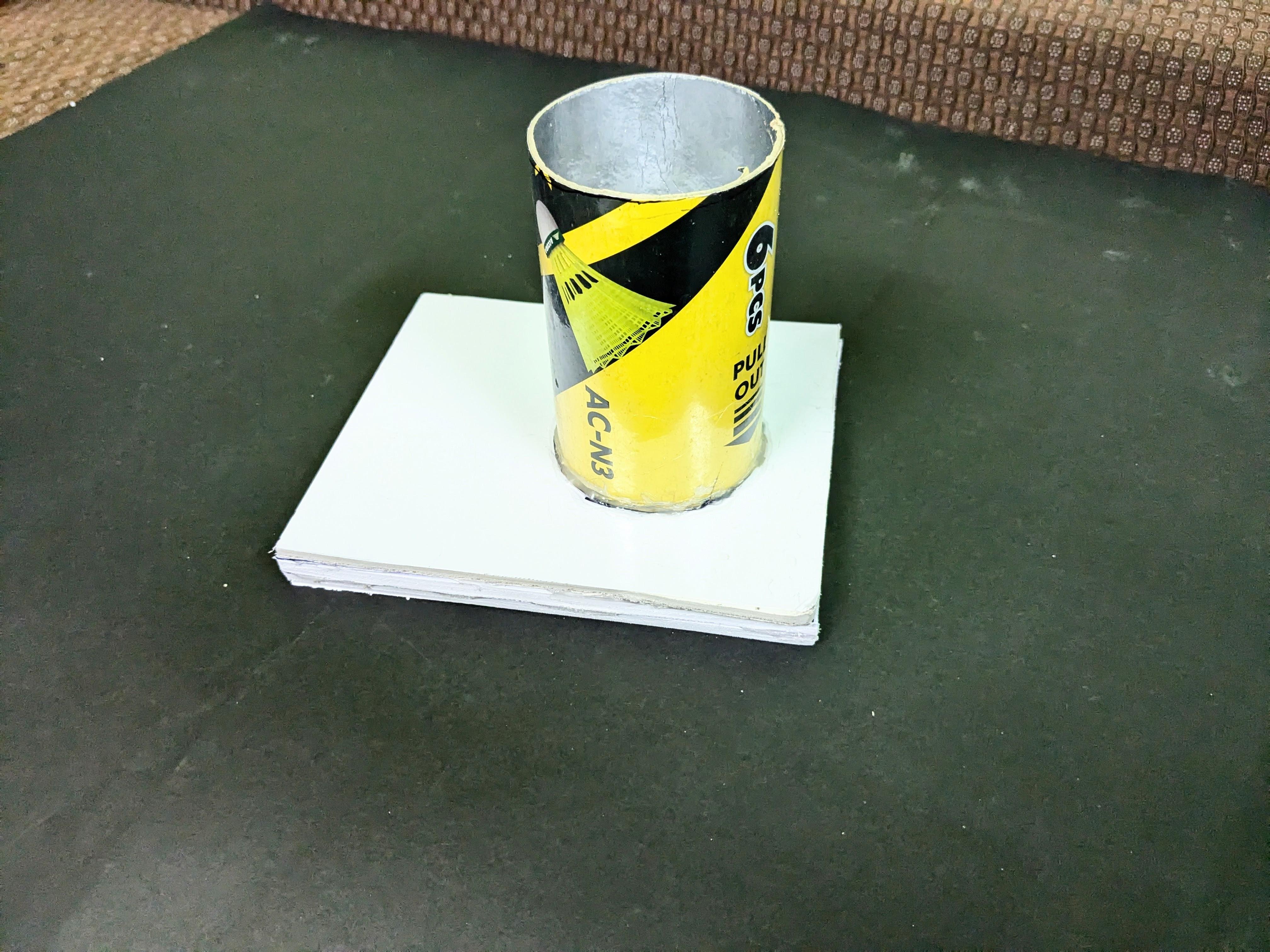
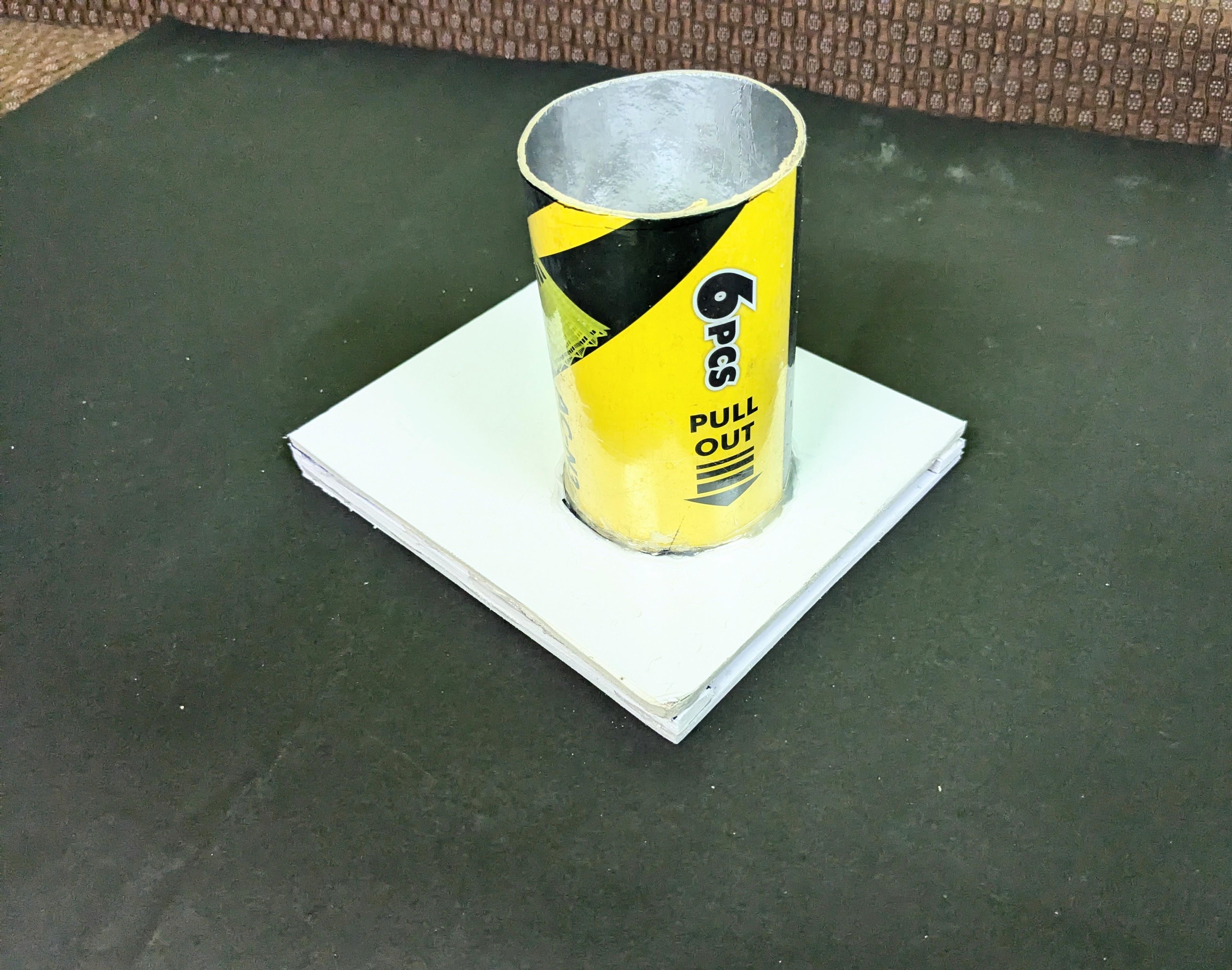
- Position Shuttlecock Holder: Determine the optimal position for the badminton shuttlecock holder on the frame. It should be centered and aligned with the launching mechanism.
- Secure with Glue: Use the hot glue gun to attach the shuttlecock holder to the frame. Apply glue generously to the base of the holder and press it firmly onto the frame. Hold in place until the glue sets completely.
Test Stability and Alignment:
- Verify Holder Alignment: Ensure the shuttlecock holder is correctly aligned with the launching mechanism and positioned securely on the frame.
- Check Grip: Test the holder by gently tugging on it to confirm it holds the shield firmly without slipping.
Set Up the Mechanism
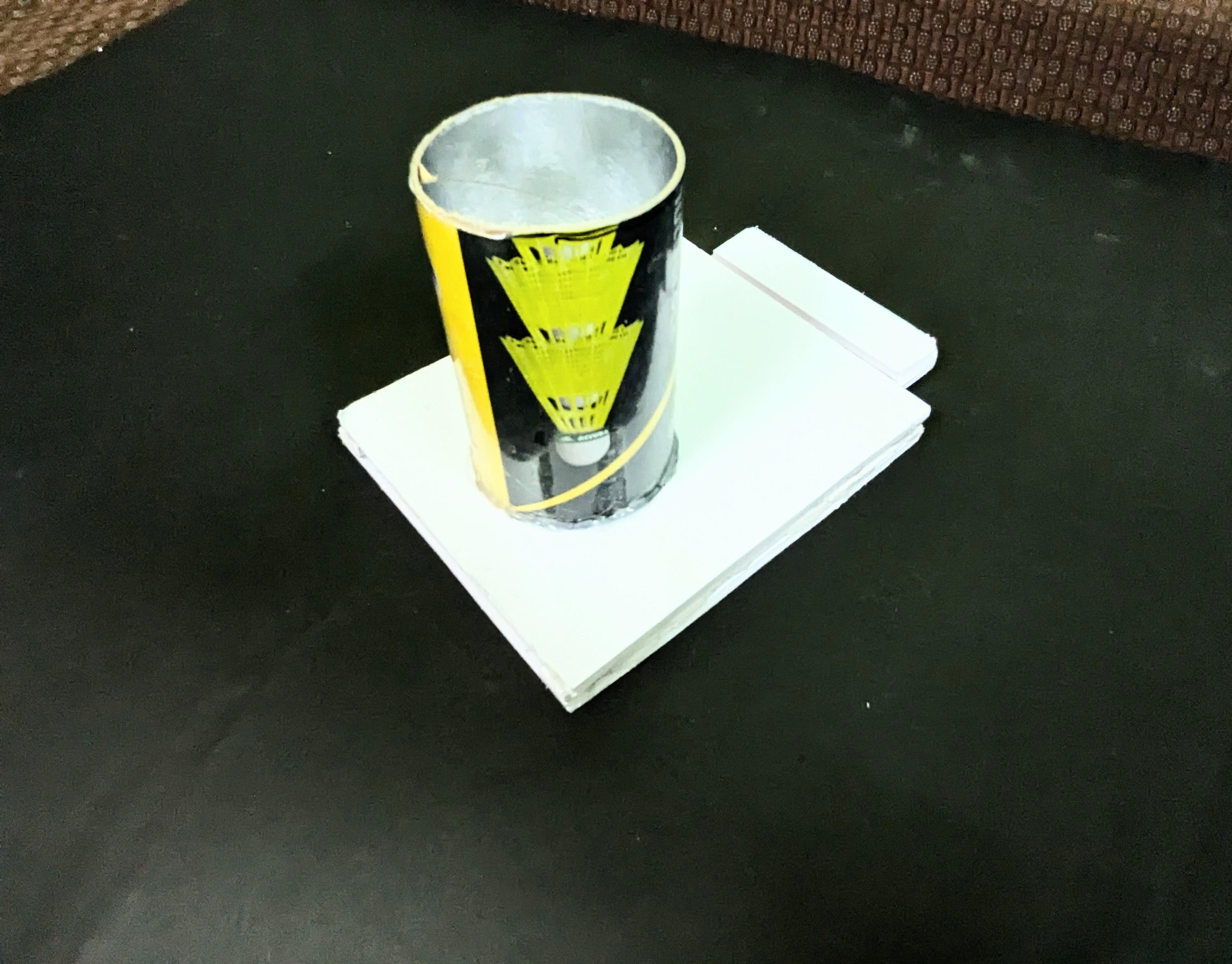
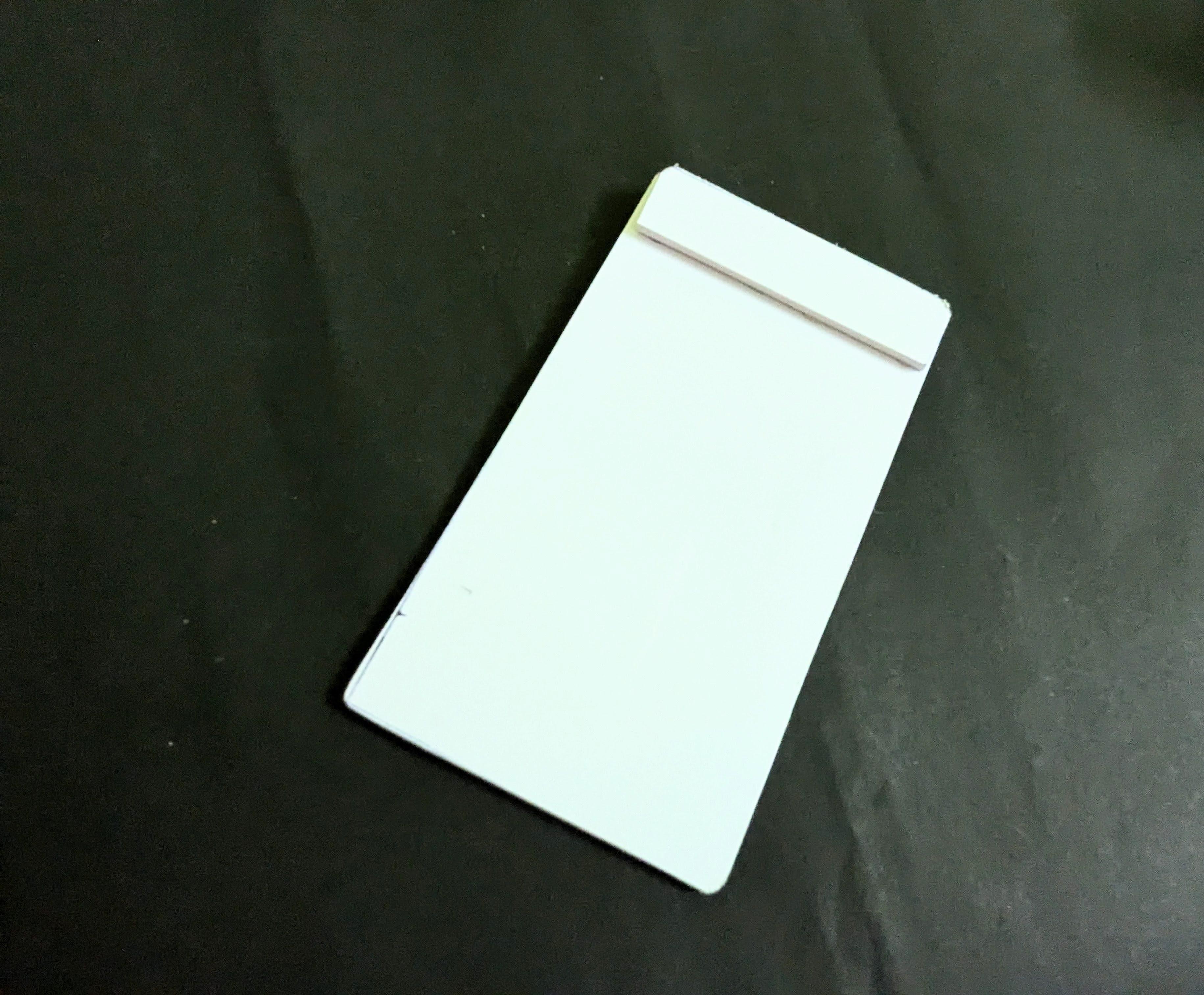
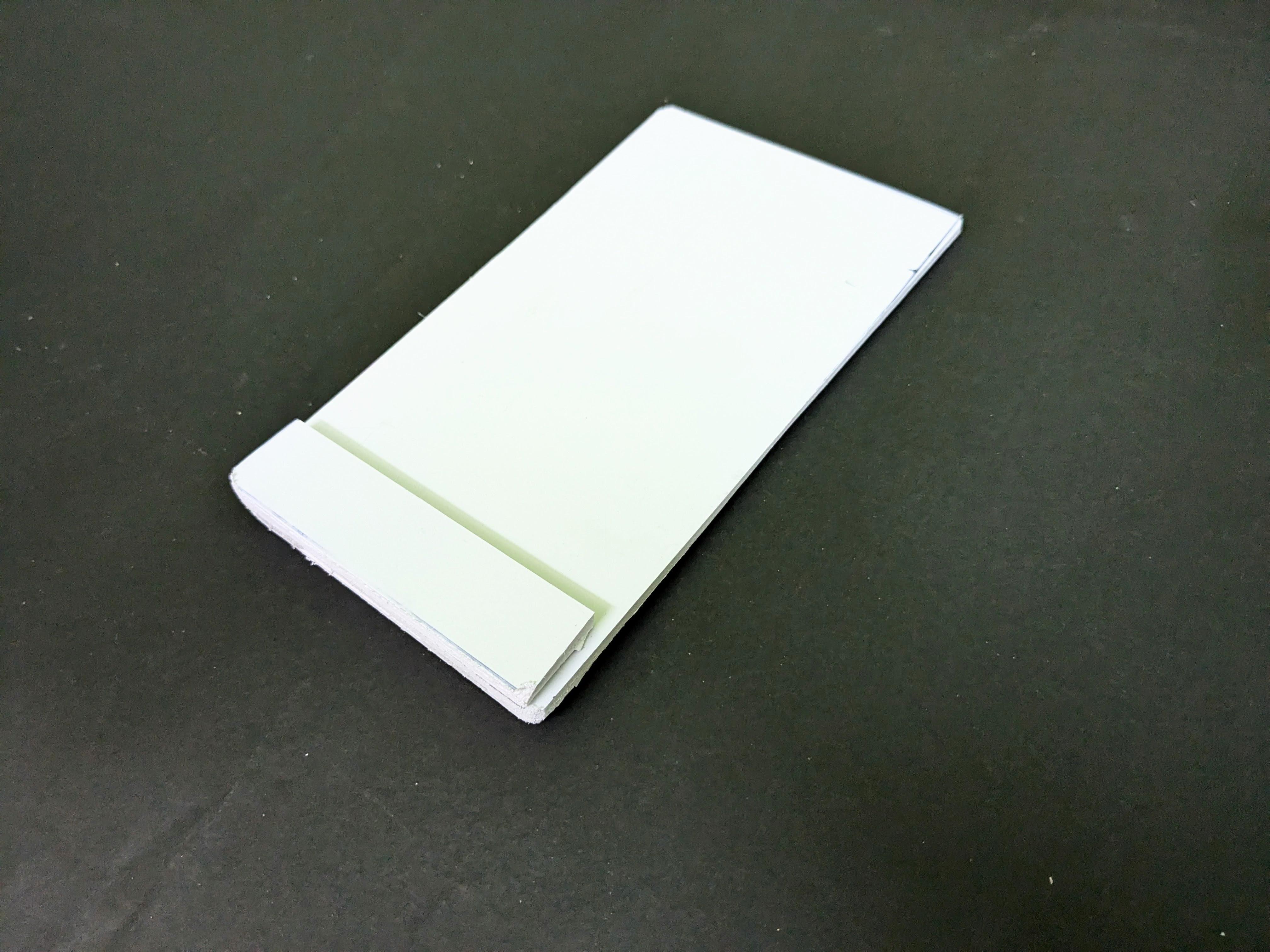
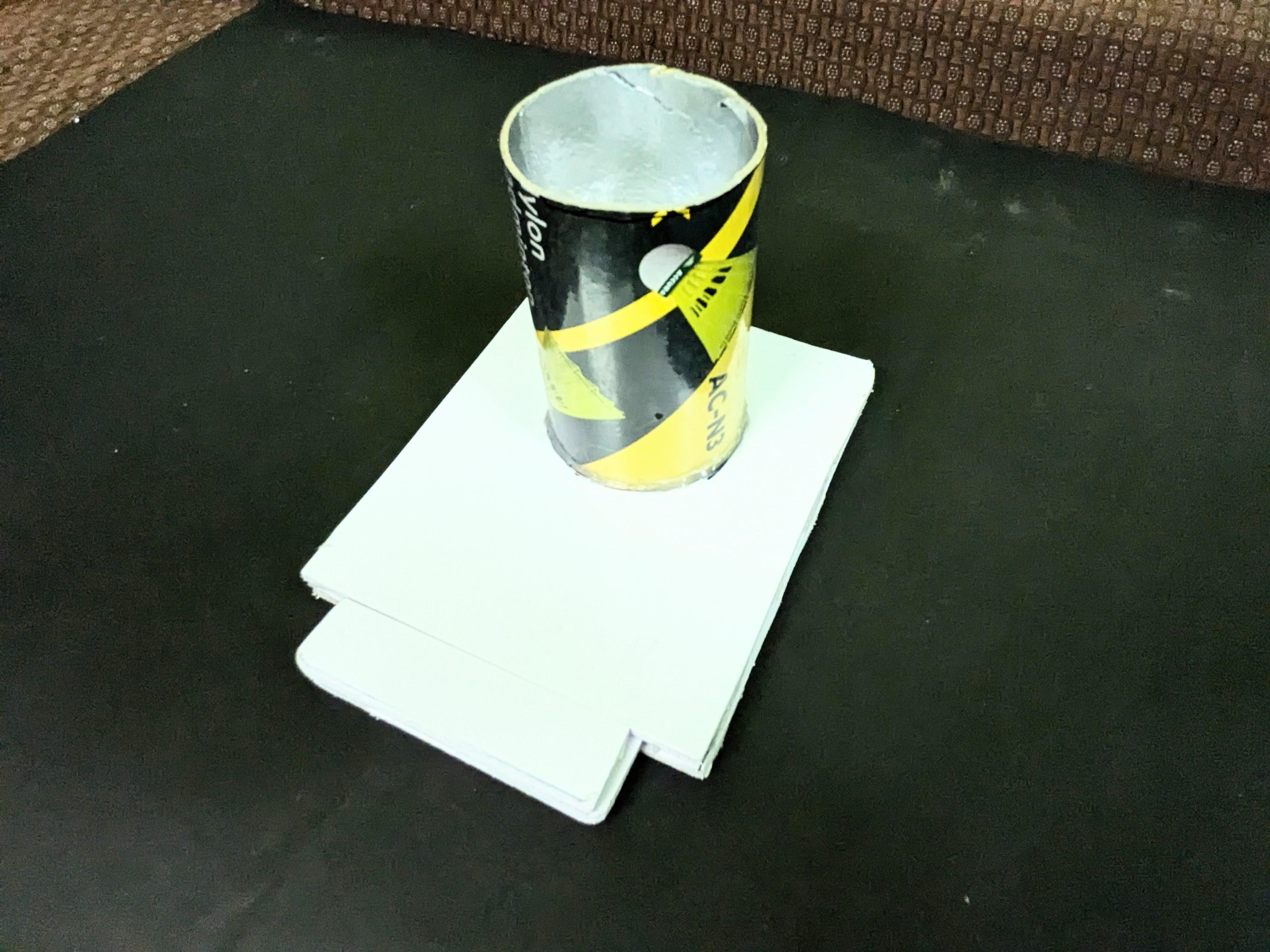
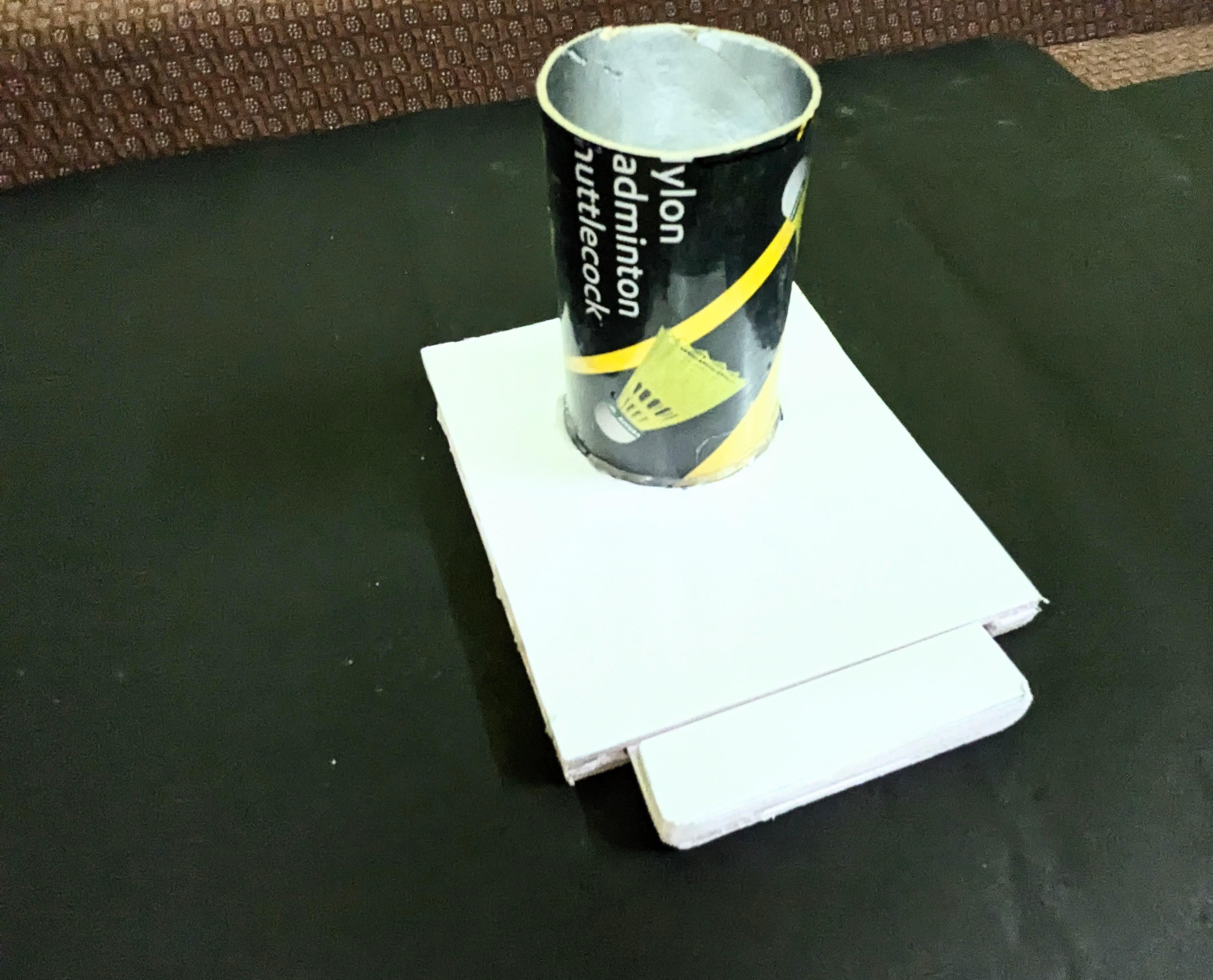
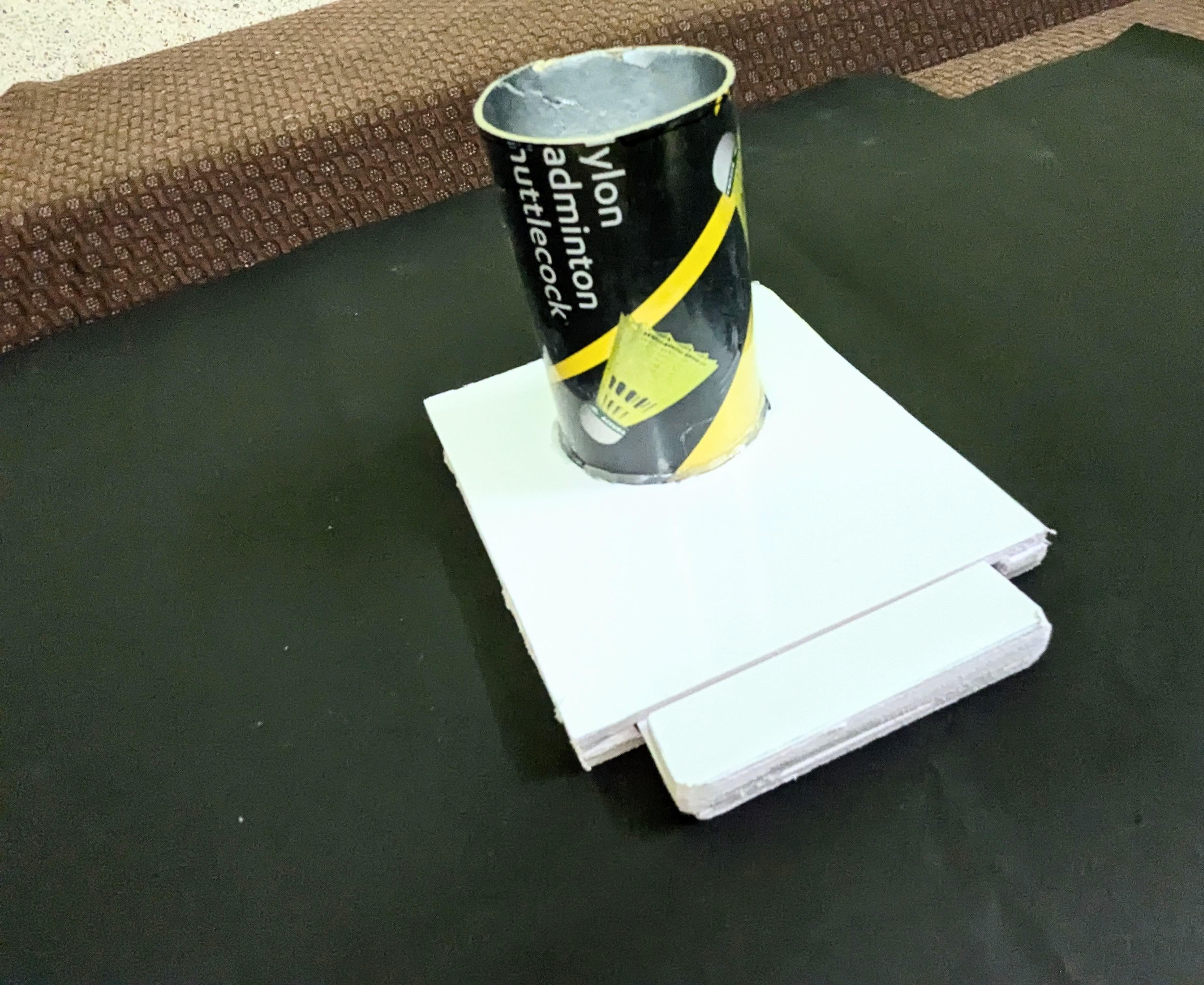
- Prepare Rubber Bands: Gather strong rubber bands suitable for creating tension in the launching mechanism.
- Secure to Frame: Attach one end of each rubber band to the shuttlecock holder and the other end to the frame. Ensure the rubber bands are positioned to pull the holder back when tension is applied.
Adjust Tension:
- Test Strength: Pull the shuttlecock holder back gently to test the tension created by the rubber bands. Adjust the positioning of the rubber bands or use stronger bands if necessary to achieve the desired launch force.
Ensure Smooth Movement:
- Check Movement: Verify that the shuttlecock holder moves smoothly along the frame when pulled back. There should be no snagging or resistance that could affect the launch trajectory.
Test Launching Capability:
- Launch Simulation: Perform a test launch without the shield to observe how the mechanism operates. Ensure the rubber bands retract the shuttlecock holder swiftly and uniformly.
Evaluate and Adjust:
- Fine-Tune: Assess the launching distance and accuracy. Make any adjustments needed to the tension or positioning of the rubber bands to optimize the launch performance.
Secure Mechanism Stability:
- Confirm Stability: Double-check that all connections between the rubber bands and frame are secure. Reinforce with additional glue or tape if necessary to prevent slippage during operation.
Final Testing:
- Trial Runs: Conduct multiple trial launches with the shield in place to confirm consistent performance. Adjust as needed to achieve reliable and accurate launches.
Safety Check:
- Ensure Safety: Verify that the mechanism operates safely without risk of injury or damage. Ensure all components are securely fastened and the launching action is controlled.
Final Touches
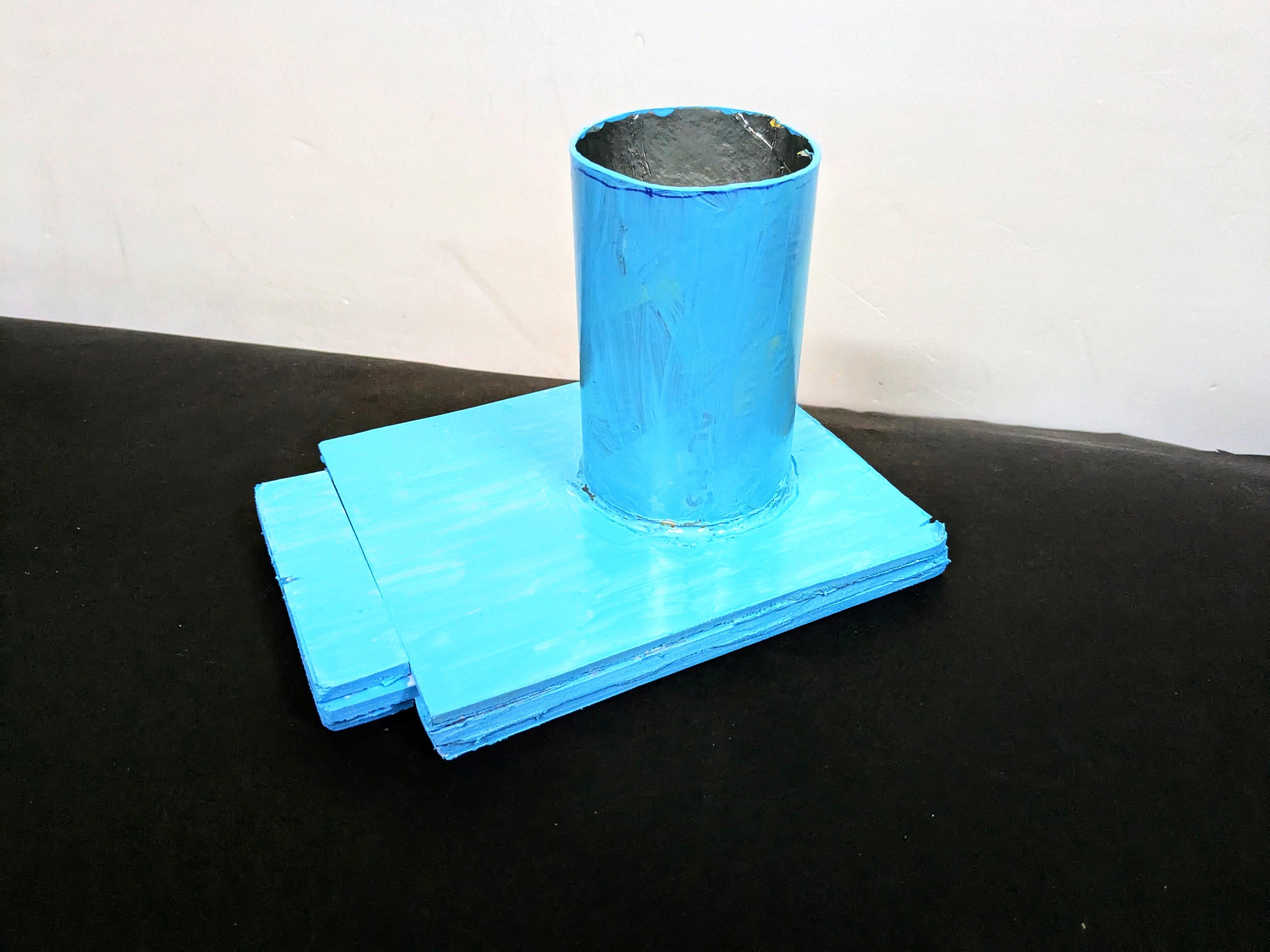
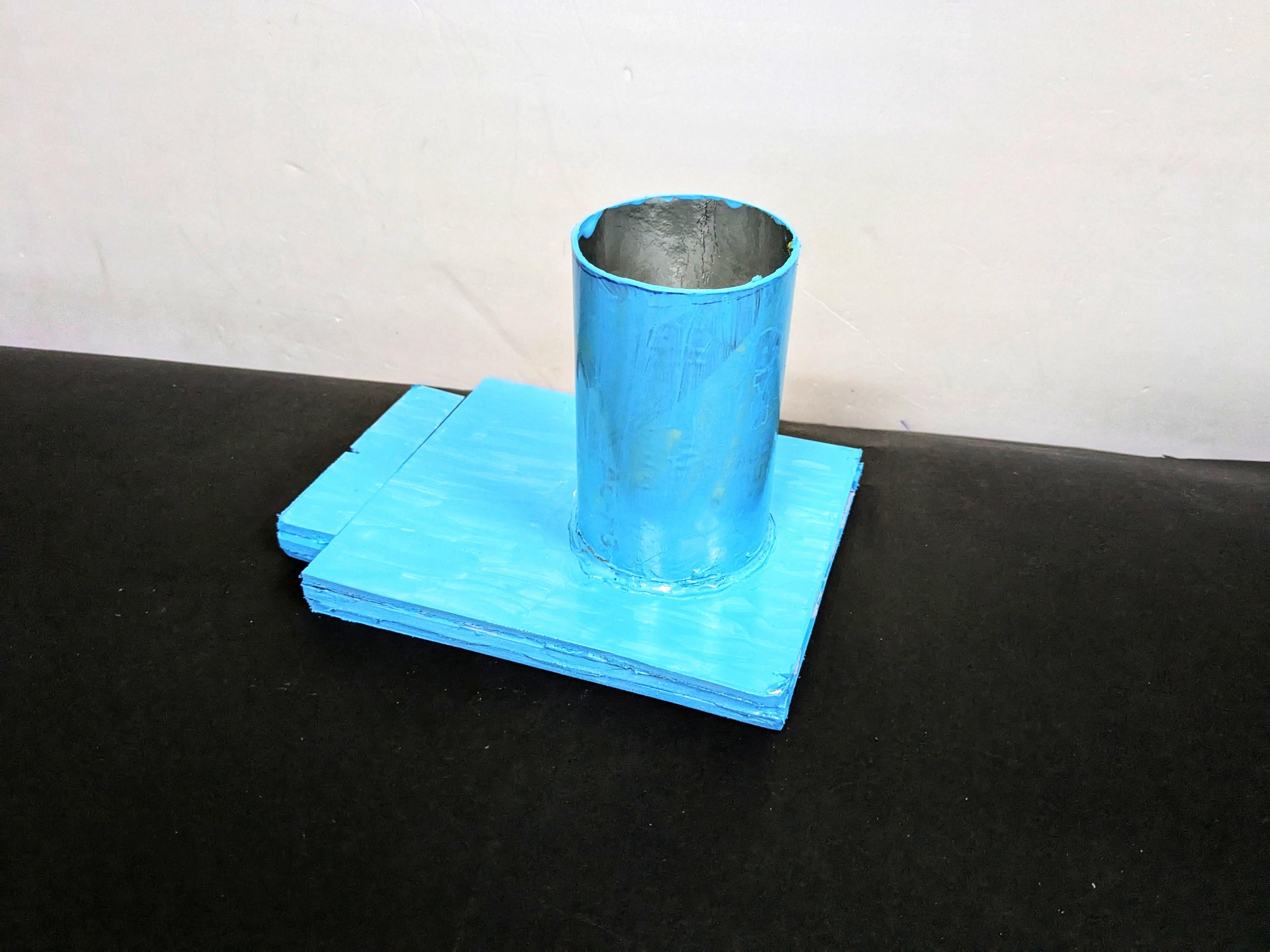
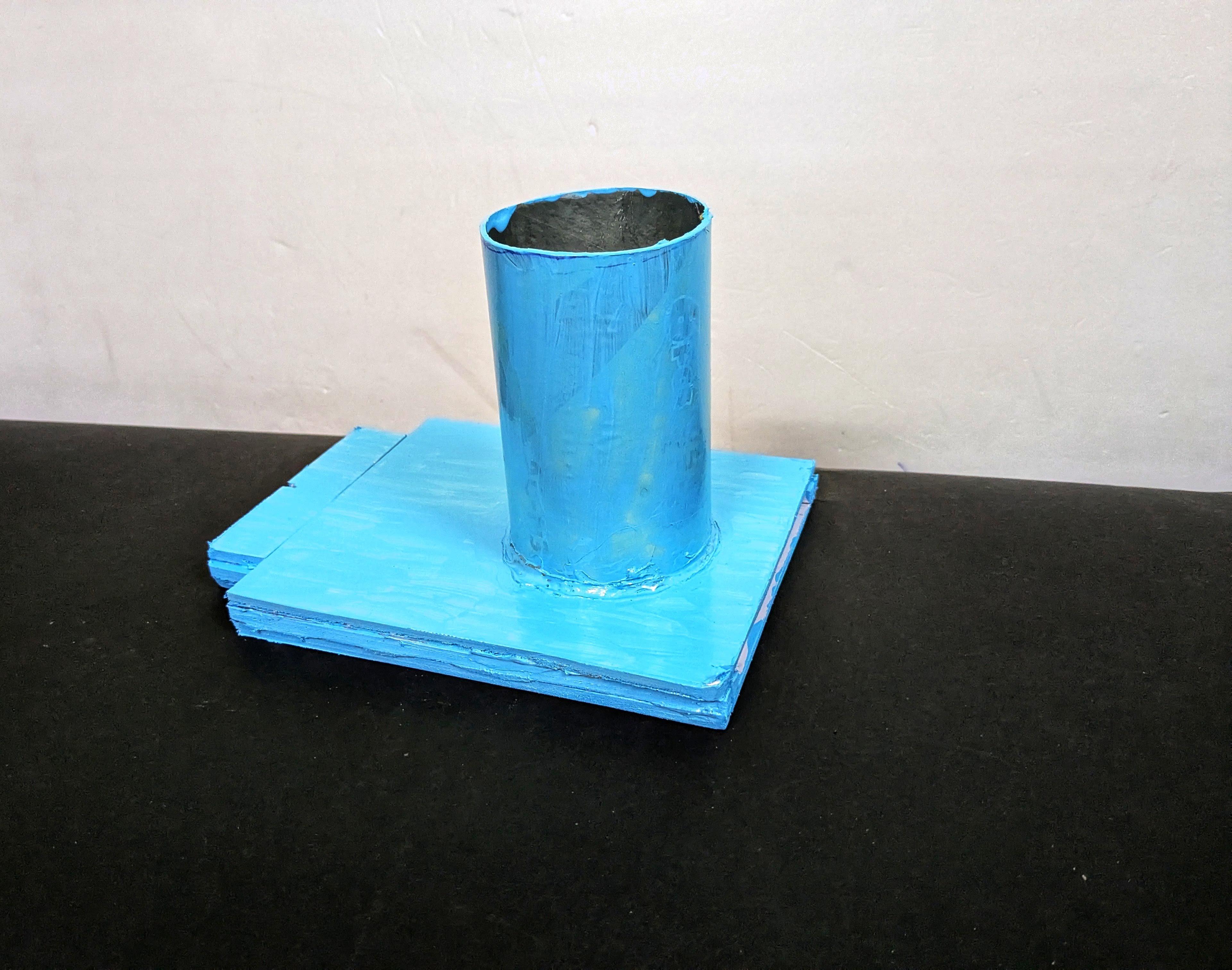
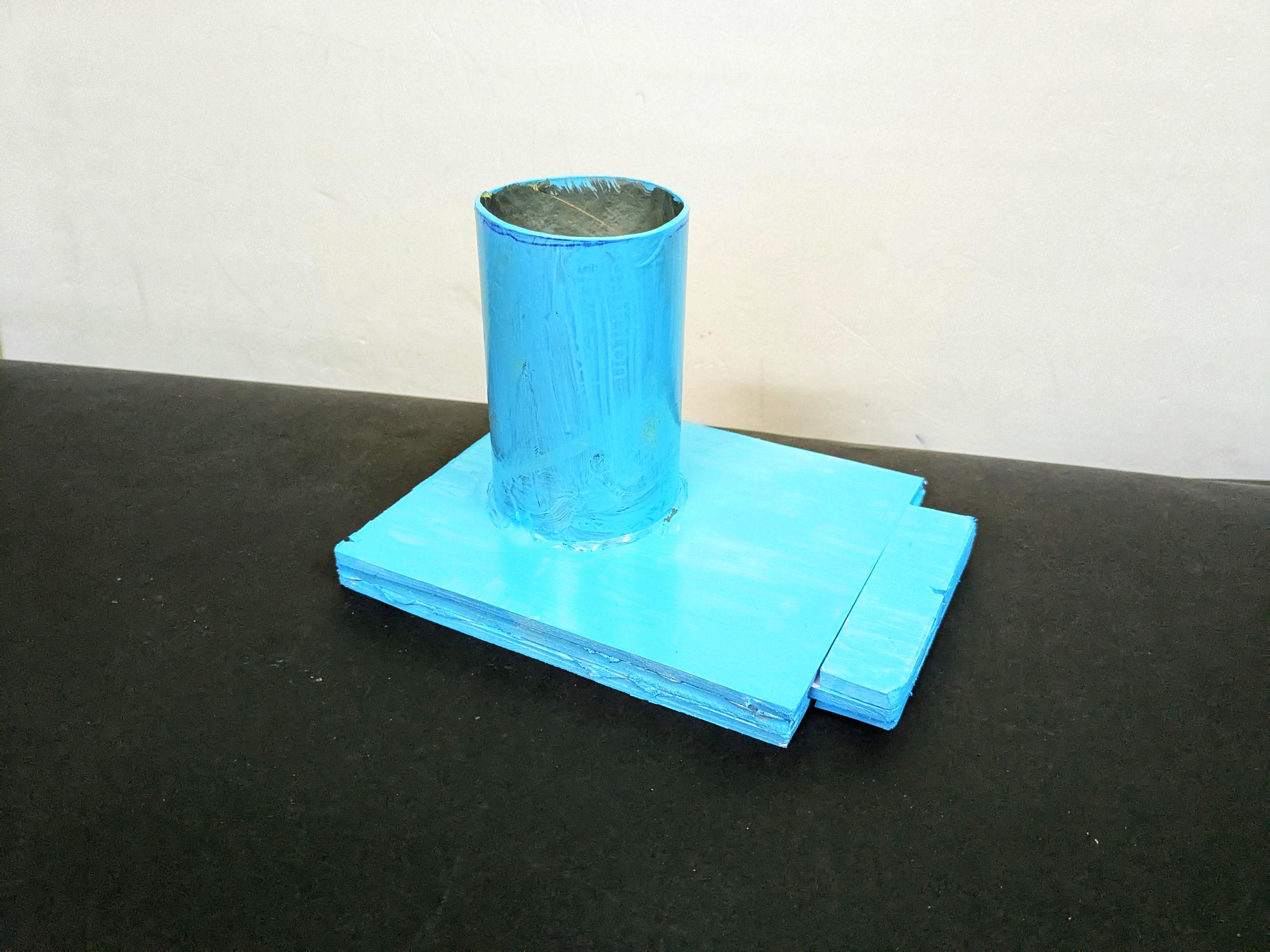
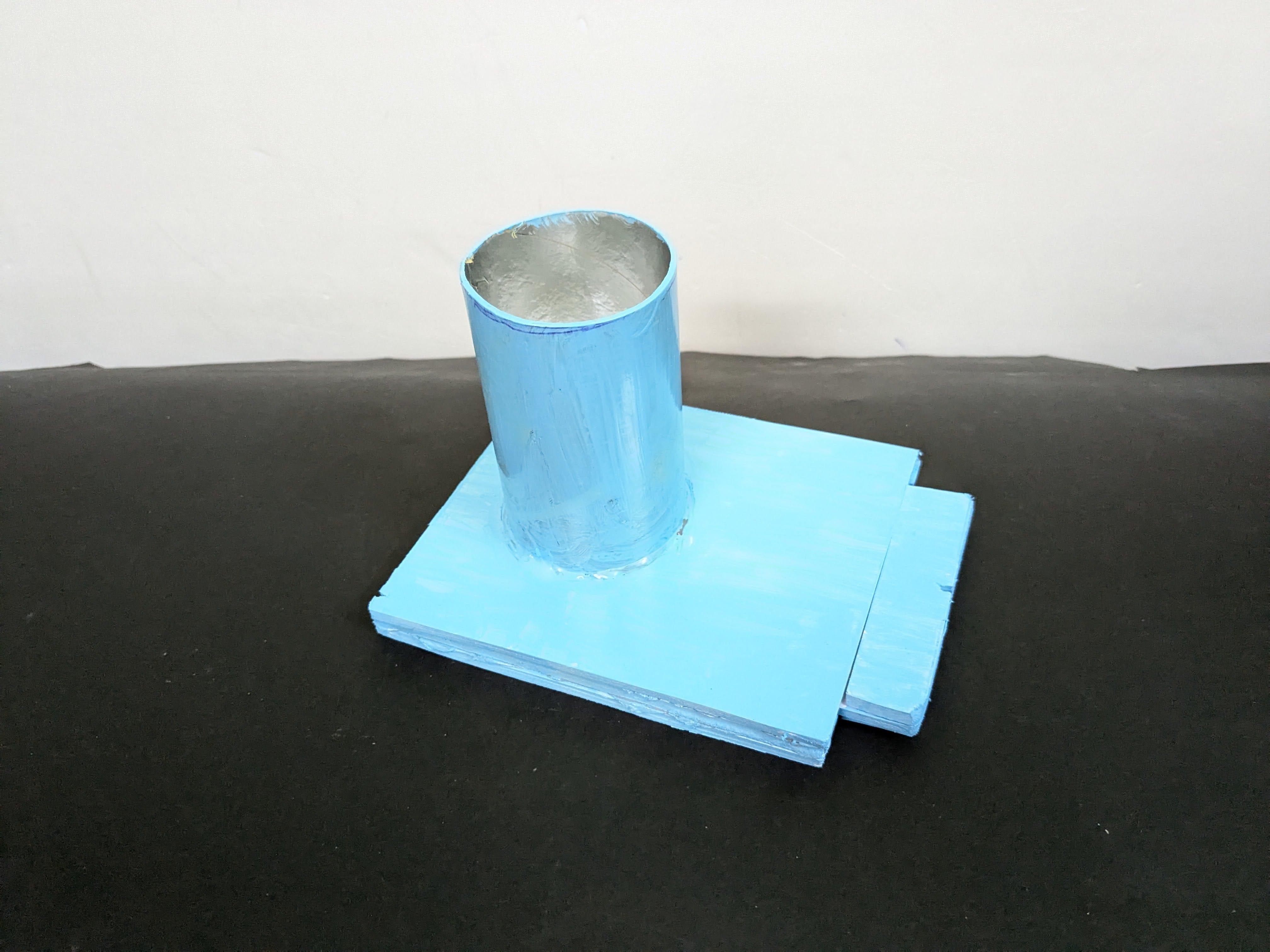
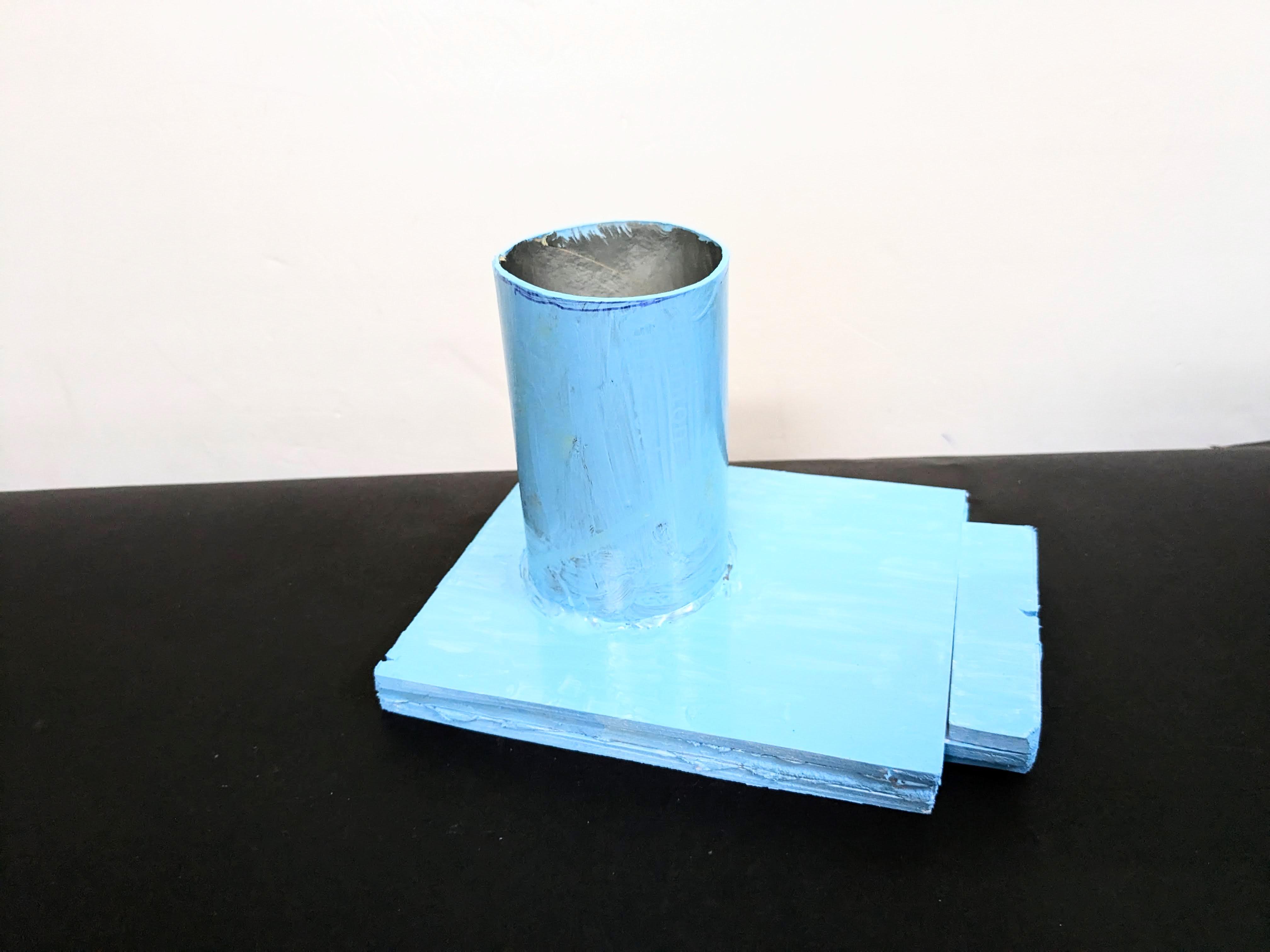
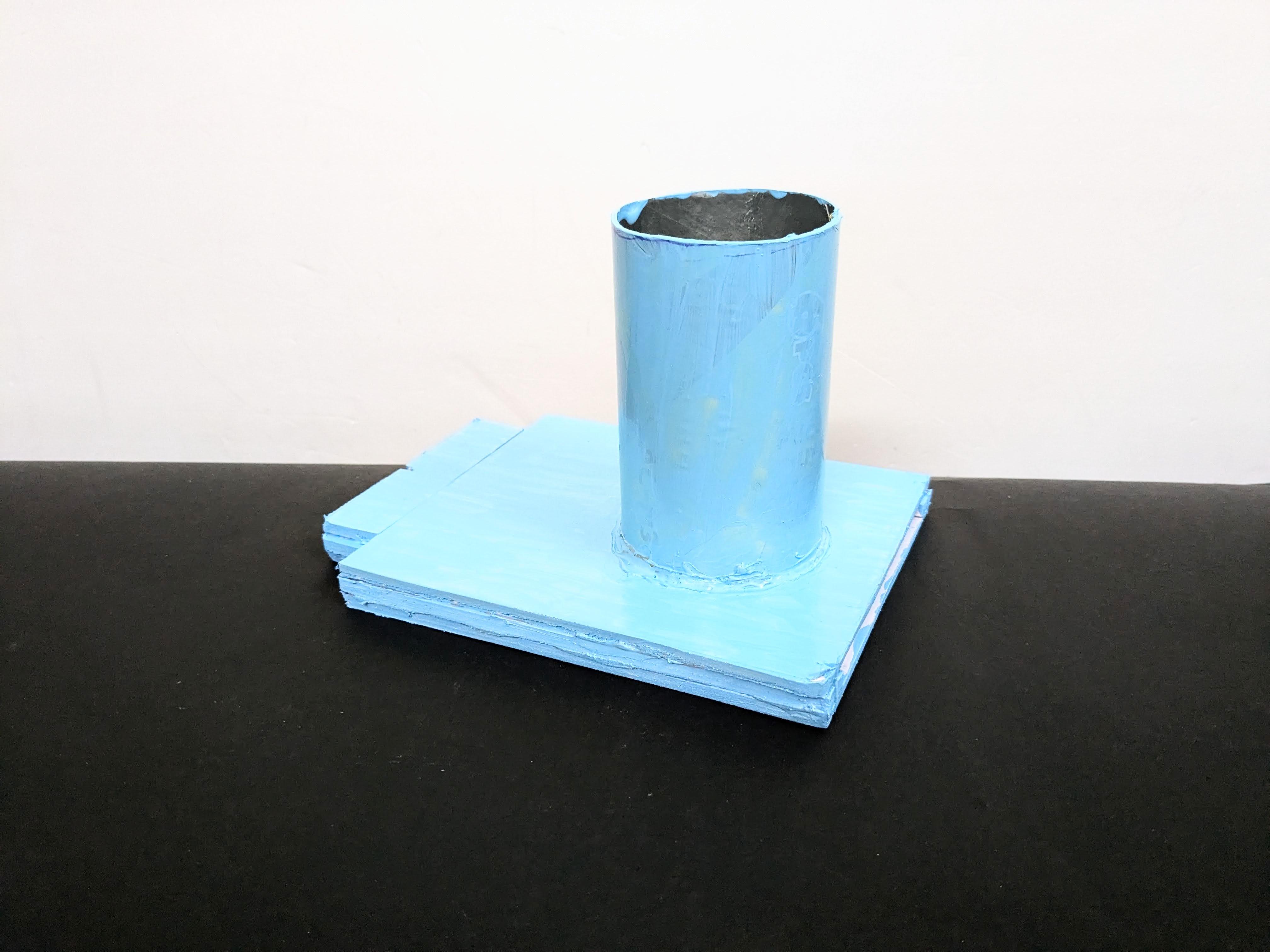
Prepare for Painting:
- Surface Preparation: Ensure the shield thrower is clean and free of dust or debris. Sand any rough edges or surfaces that need smoothing before painting.
Prime (if necessary):
- Apply Primer: Use a primer suitable for the sunboard material to ensure better adhesion and durability of the paint. Allow the primer to dry completely according to the manufacturer's instructions.
Choose Paint Colors:
- Select Colors: Decide on the colors you want for your shield thrower. Consider traditional Captain America colors like red, white, and blue, or customize with your own unique color scheme.
Paint Application:
- Apply Base Coat: Start with a base coat using acrylic or spray paint. Apply thin, even layers and allow each coat to dry completely before applying the next.
- Detail Painting: Use smaller brushes or detail tools for intricate designs or patterns. Allow paint to dry between layers to prevent smudging or blending.
Add Decorative Elements:
- Enhance Aesthetics: Incorporate additional elements such as stickers, decals, or metallic accents to enhance the appearance of your shield thrower.
- Personalize: Consider adding your initials, symbols, or designs that reflect your personality or theme.
Apply Clear Coat:
- Protective Finish: Once the paint has dried completely, apply a clear coat sealer or varnish to protect the paint finish from scratches and moisture. Ensure the clear coat is evenly applied for a smooth and glossy appearance.
Attach Final Accessories:
- Safety Features: Add foam padding or cushions to handle grips for safety and comfort during use.
- Straps or Handles: Attach straps or handles to facilitate easy carrying and maneuverability of the shield thrower.
Finalizing
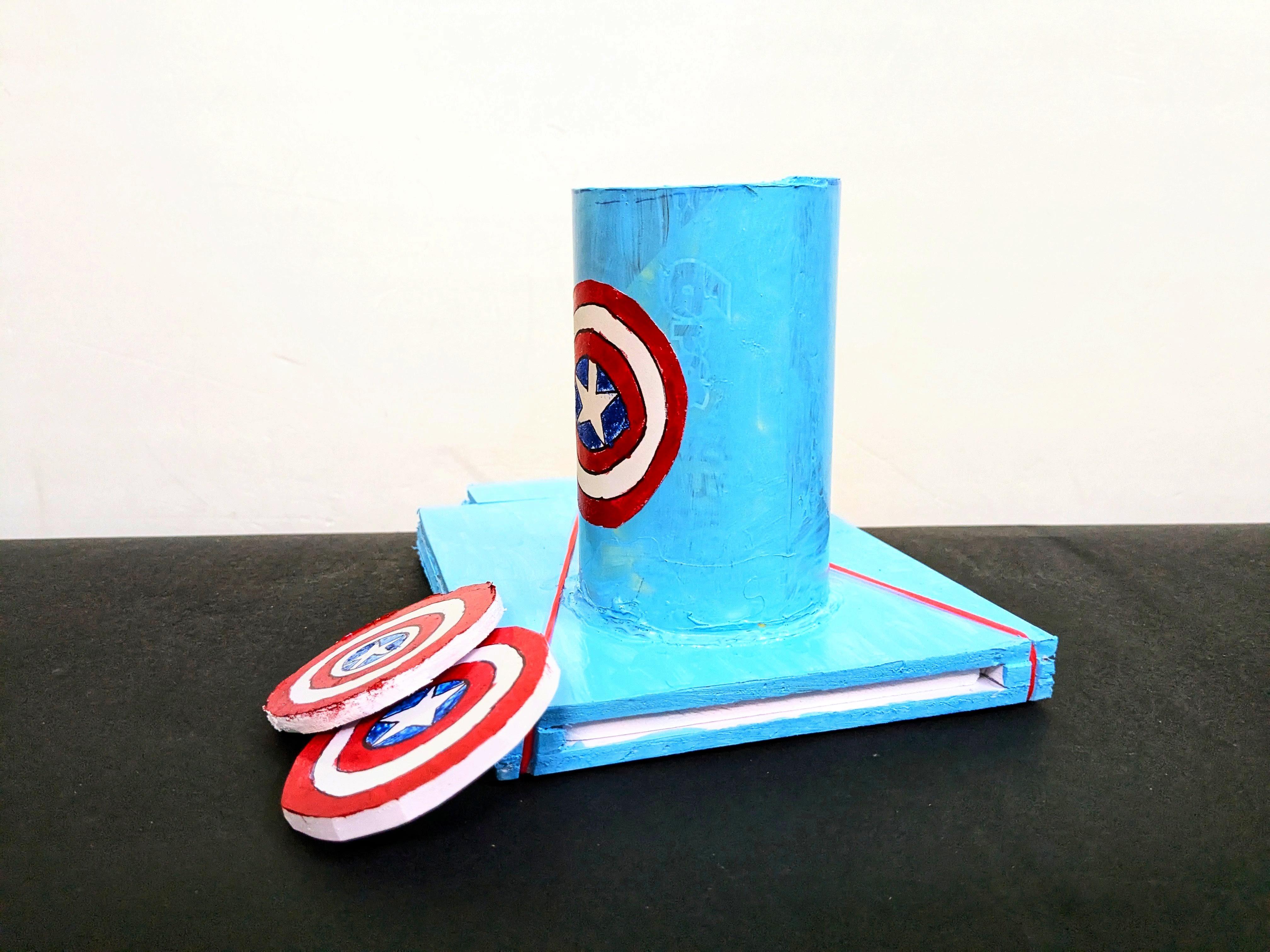
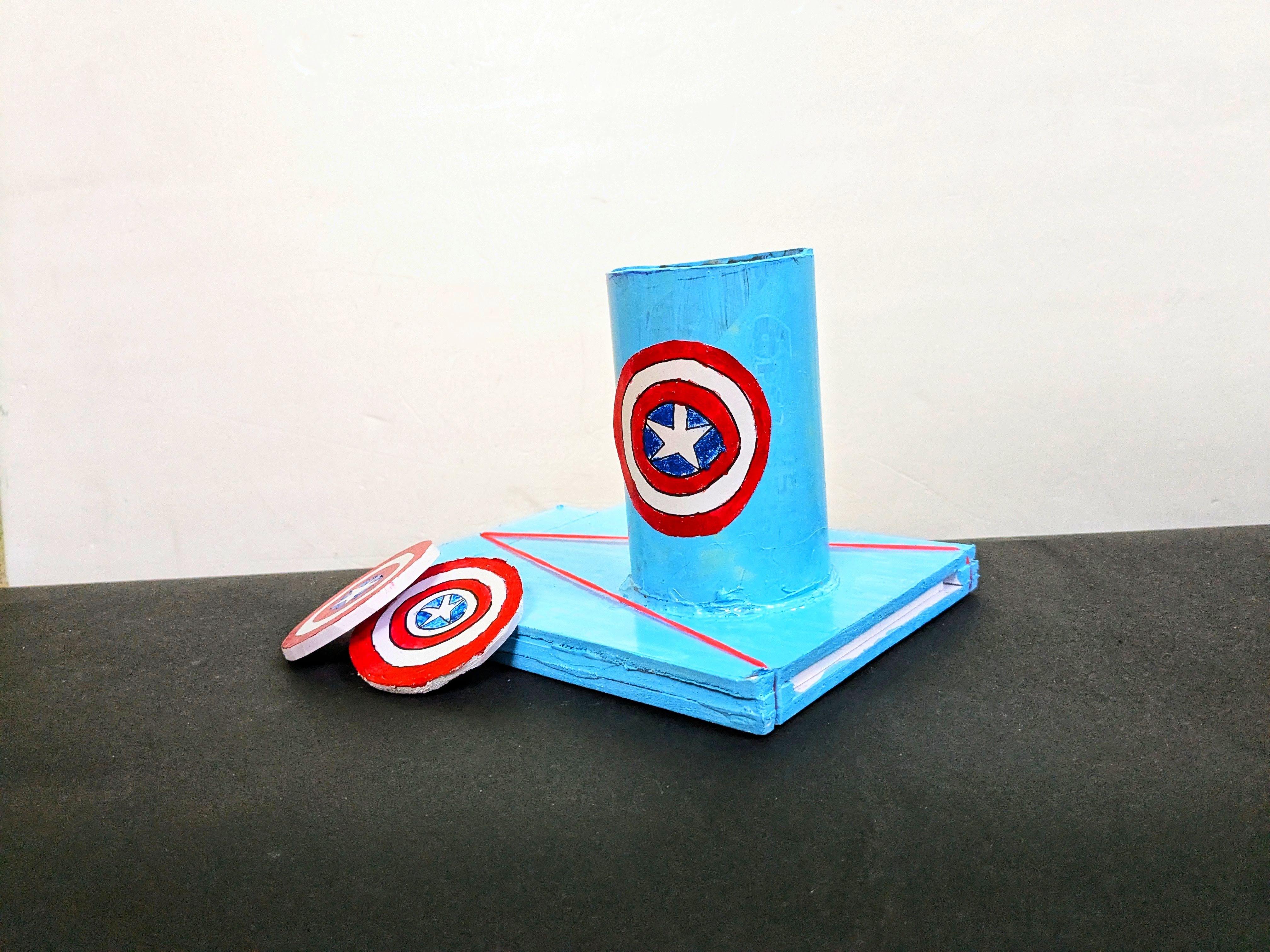
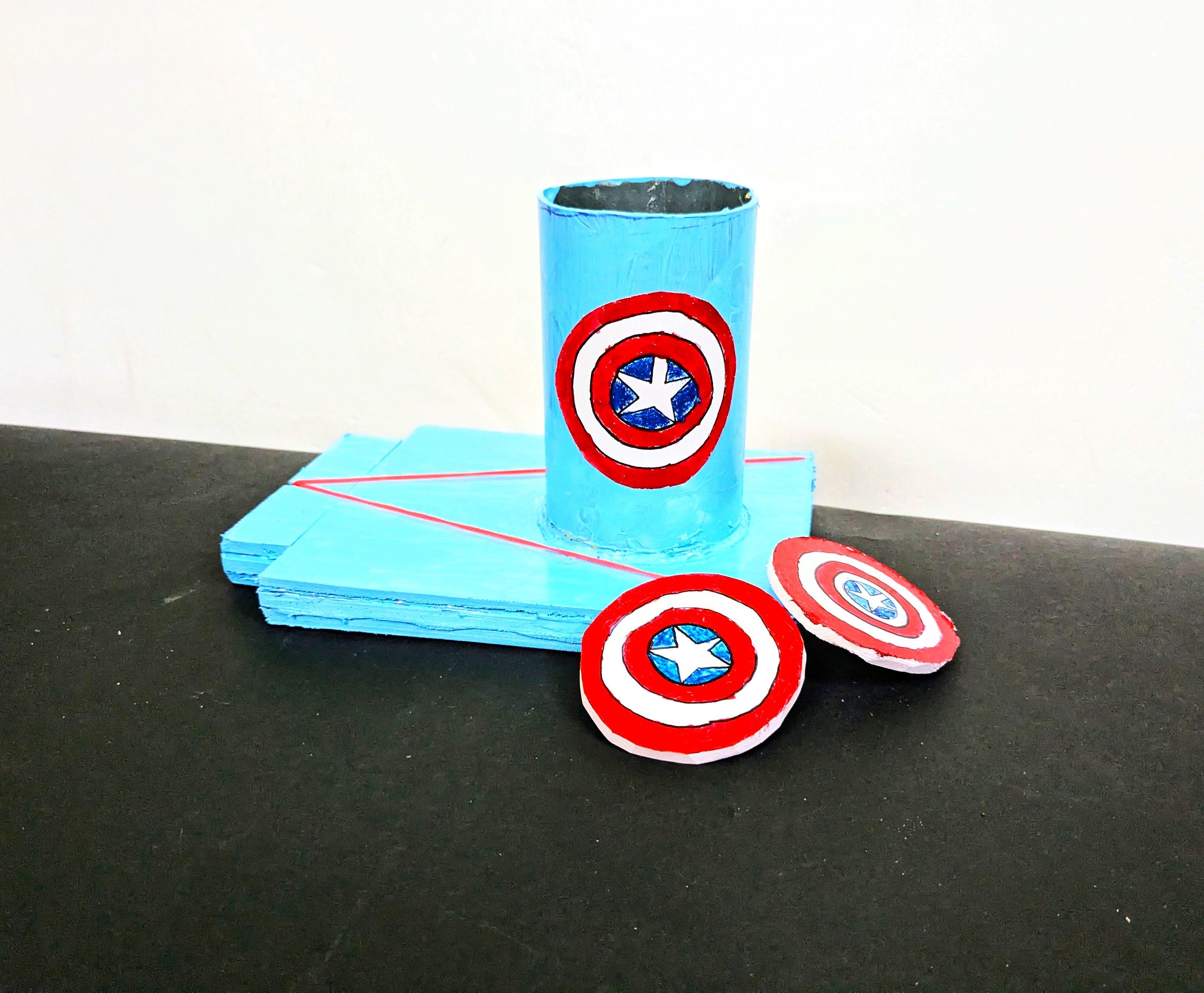
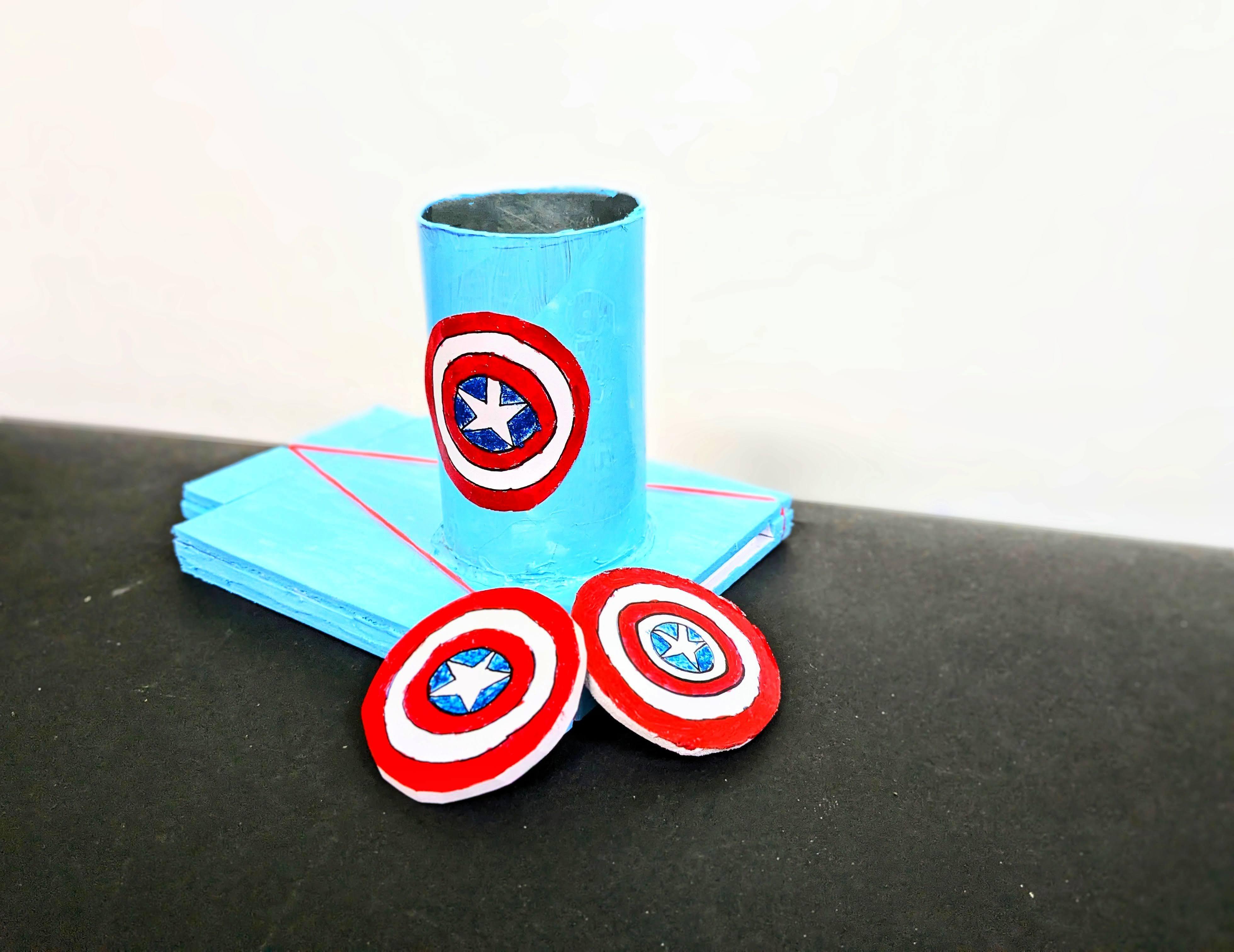.jpg)
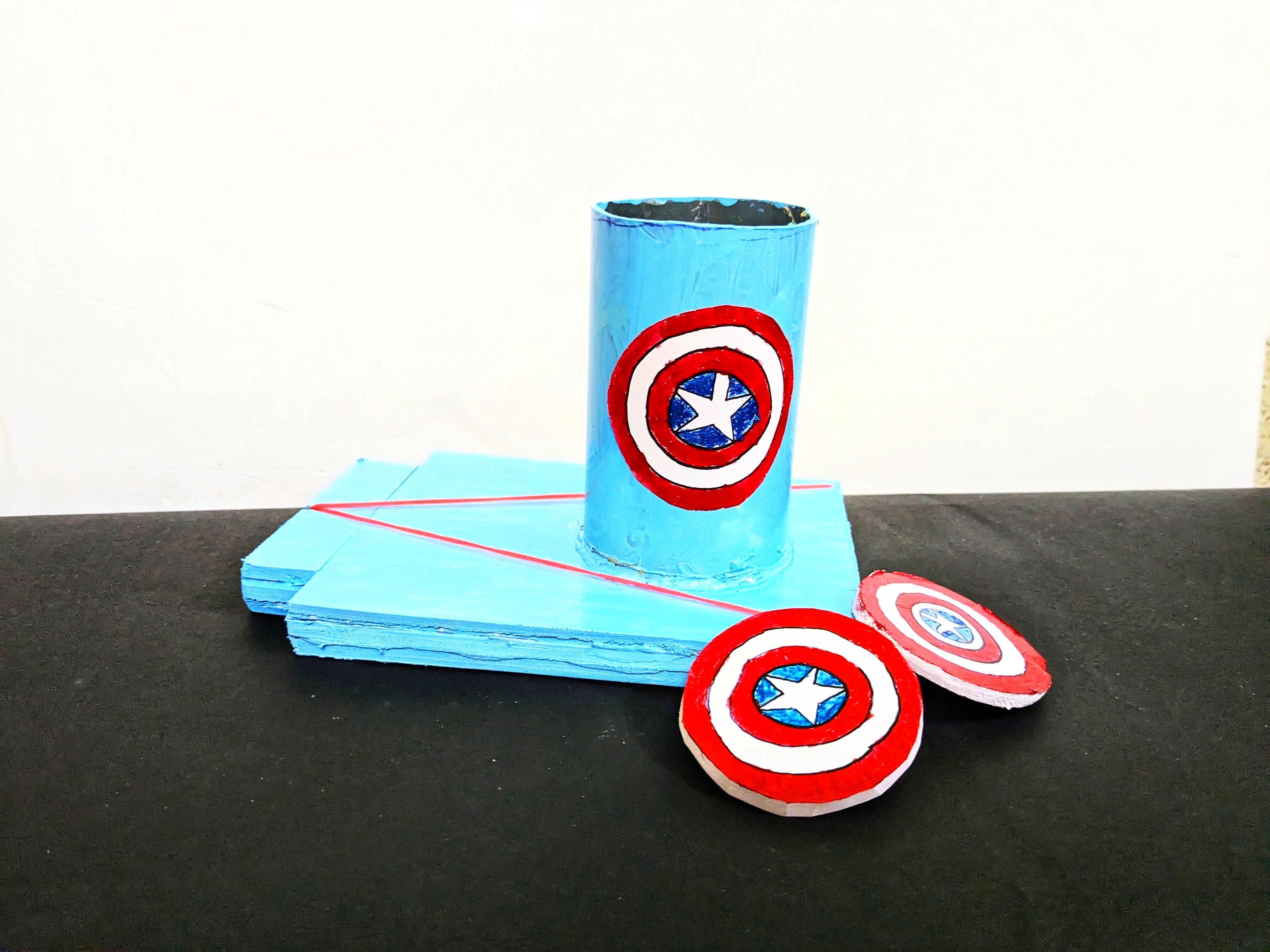

Ensure Structural Integrity:
- Inspect Frame and Components: Thoroughly check the entire shield thrower for any loose parts, weak joints, or areas that need reinforcement.
- Secure Attachments: Use additional glue or fasteners as needed to strengthen connections and ensure the frame and launching mechanism are stable.
Fine-Tune Launch Mechanism:
- Optimize Performance: Adjust the tension of the rubber bands or trigger mechanism to achieve the desired launch force and accuracy.
- Test Launches: Conduct multiple test launches with the shield to confirm smooth operation and consistent performance.
Safety Considerations:
- Safety Measures: Verify that all safety features, such as foam padding on handles or secure grips, are in place to prevent accidents during use.
- User Comfort: Ensure the shield thrower is comfortable to handle and use for extended periods without causing discomfort or strain.
Final Aesthetic Touches:
- Review Paintwork: Inspect the paint finish for any imperfections or areas needing touch-ups. Ensure colors are vibrant and cohesive with your design theme.
- Add Final Details: Apply any final decorative elements or personalization touches, such as decals or custom insignia, to enhance the appearance.
Functional Testing:
- Comprehensive Testing: Perform comprehensive tests of the shield thrower in various conditions to ensure it meets performance expectations.
- Evaluate Durability: Assess the durability of the materials and construction to withstand repeated use and handling.
Completion
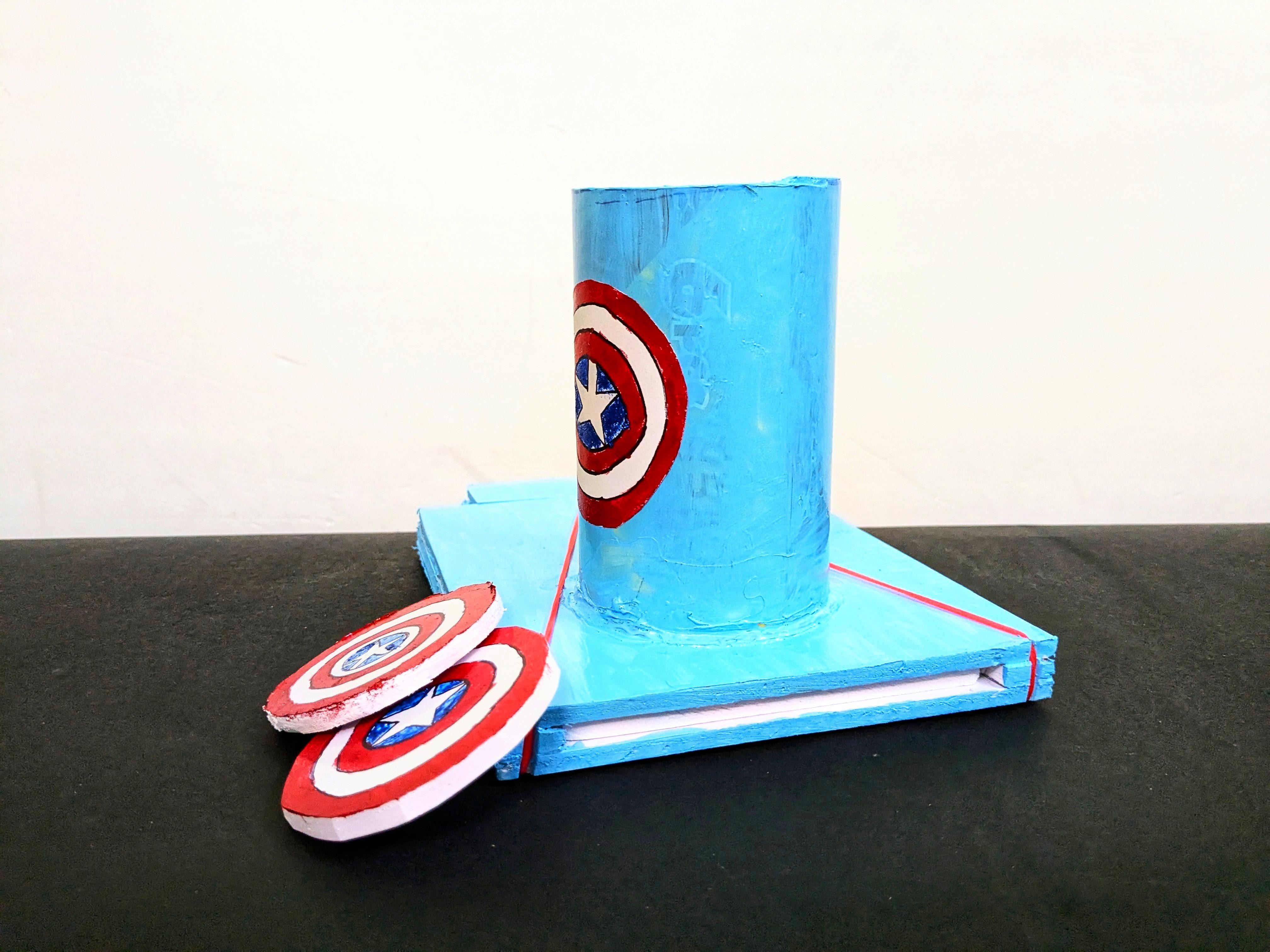

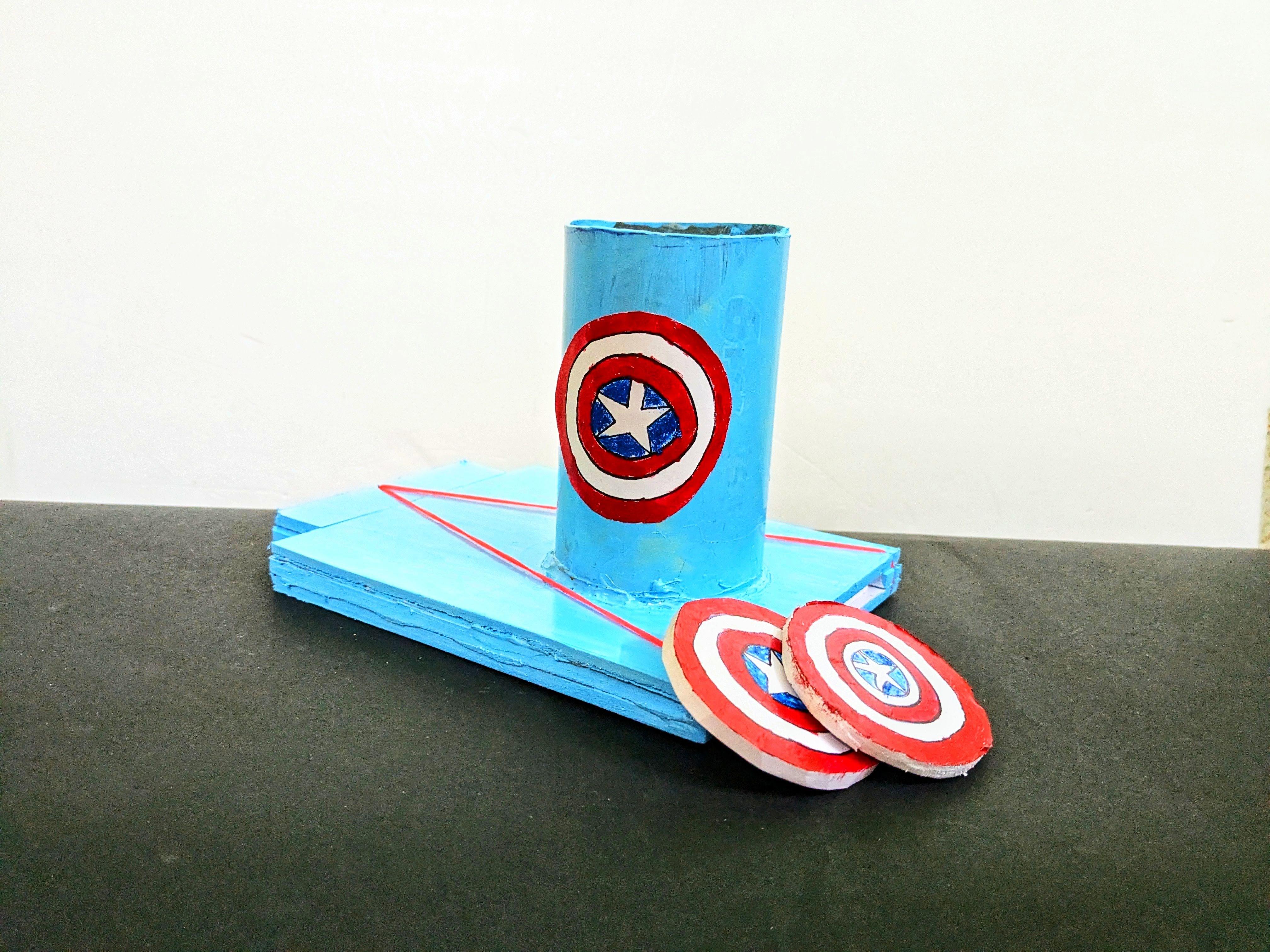
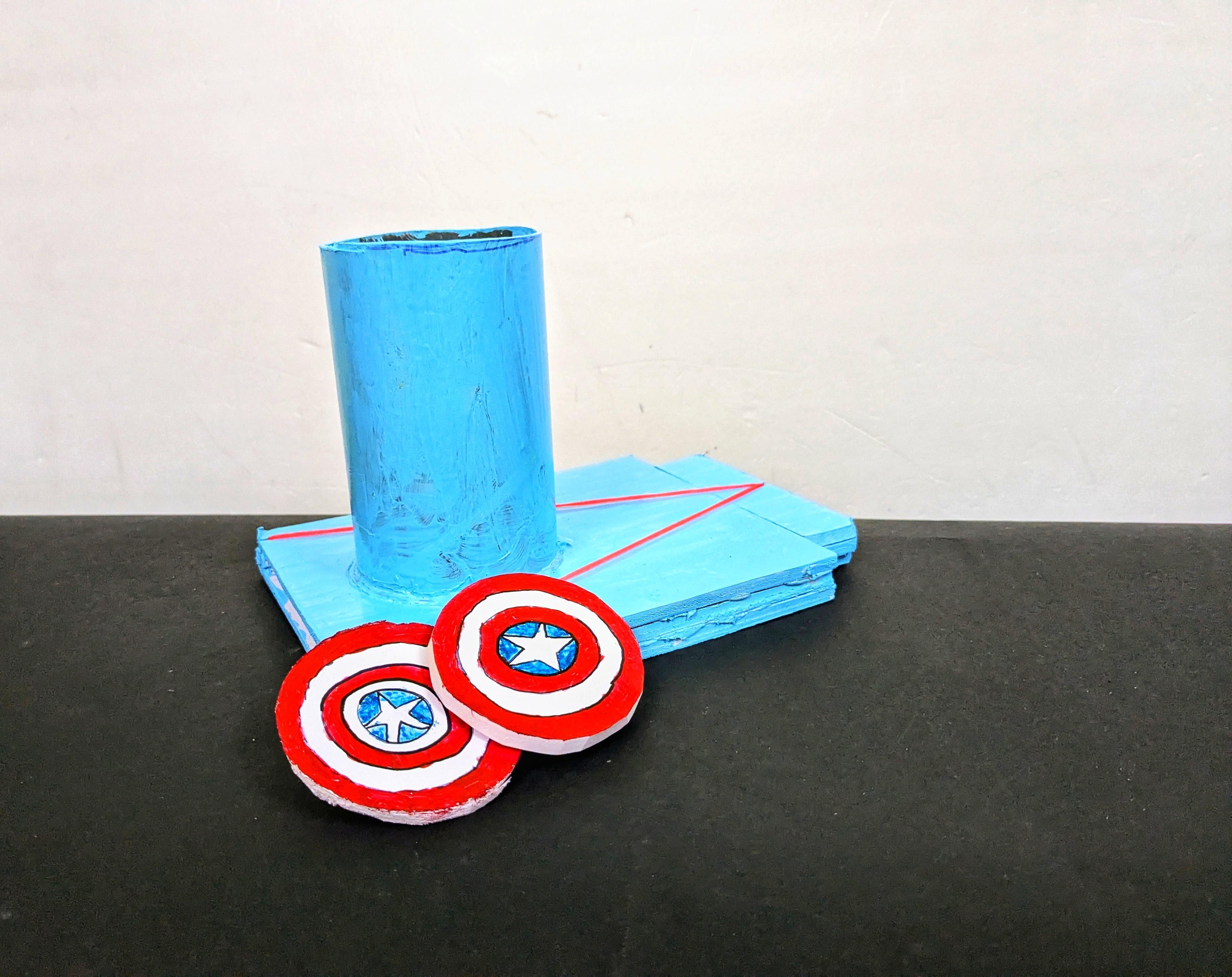
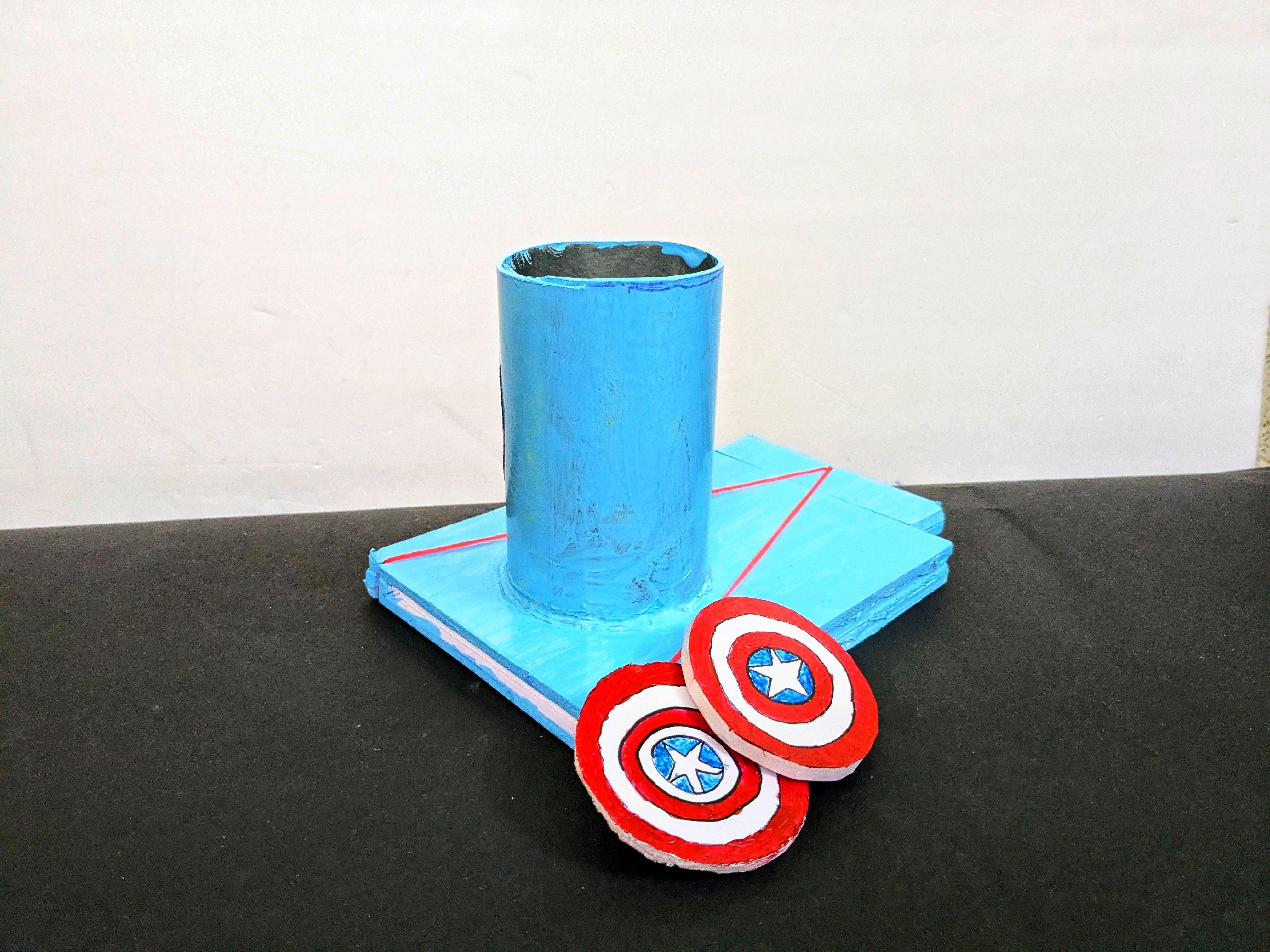
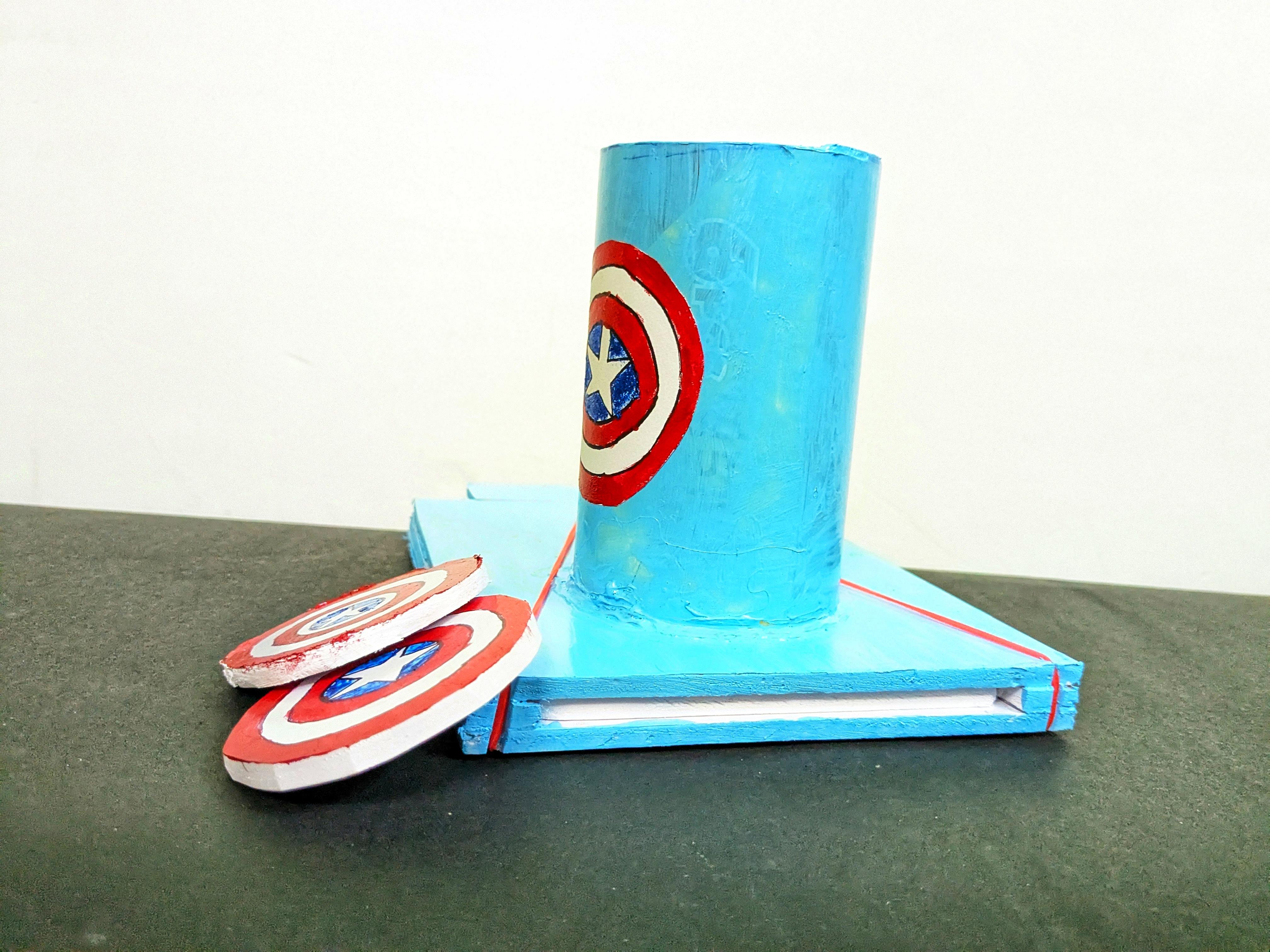
Complete the final checks by thoroughly inspecting every detail of the shield thrower. Ensure all components are securely attached and functioning properly. Verify the stability of the frame, the smooth operation of the launching mechanism, and the secure grip of the shield holder.
Take time to review the cosmetic finish, ensuring the paint job and decorative elements are consistent and of high quality. Touch up any areas needing attention and apply a final coat of clear varnish or sealant to protect the paint and enhance durability.
Perform functional testing with several test launches of the shield to confirm its trajectory and distance. Adjust the tension of the rubber bands or trigger mechanism if necessary for optimal performance. Ensure all safety features, such as padding and secure grips, are in place to prevent injuries during use.
Take a moment to review your completed DIY Captain America shield thrower. Ensure it aligns with your initial design vision and meets your expectations.
Celebrate your achievement by proudly displaying or using your shield thrower for cosplay, themed events, or as a unique collectible. Share your project journey with others who appreciate craftsmanship and creativity.
Test Video
